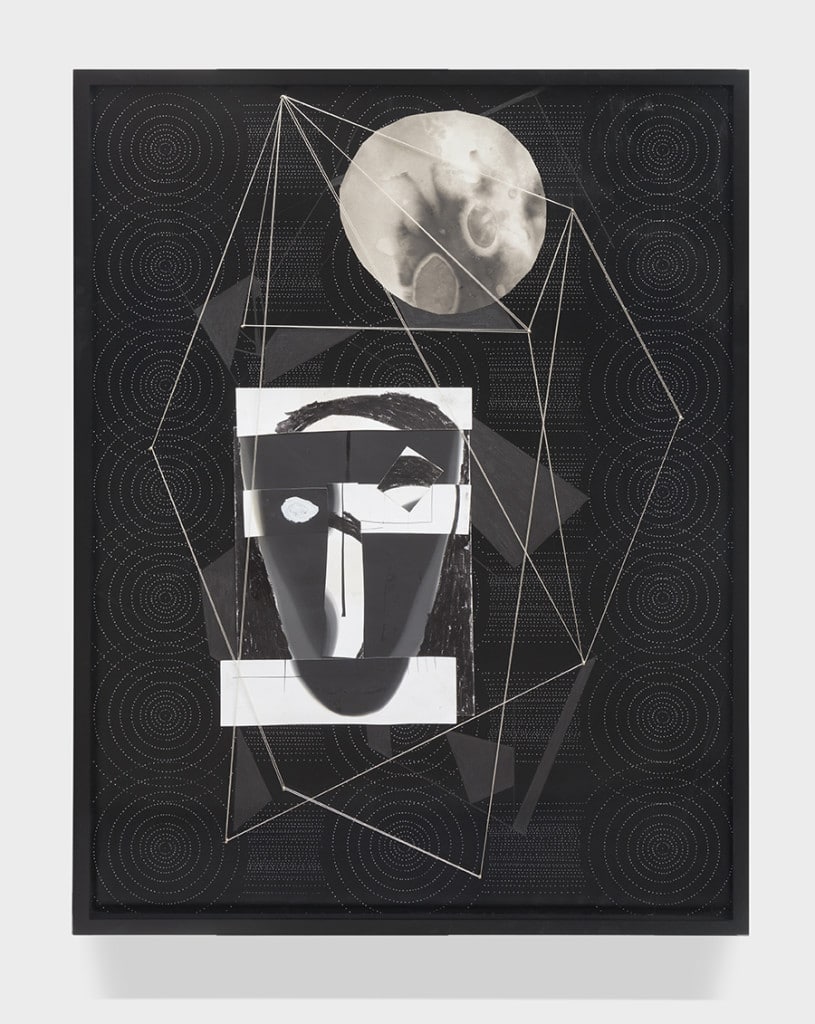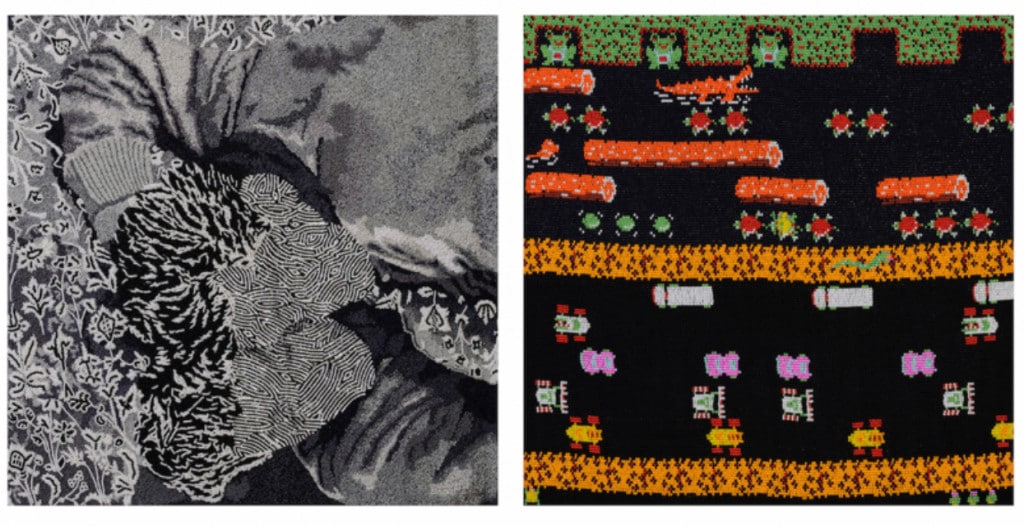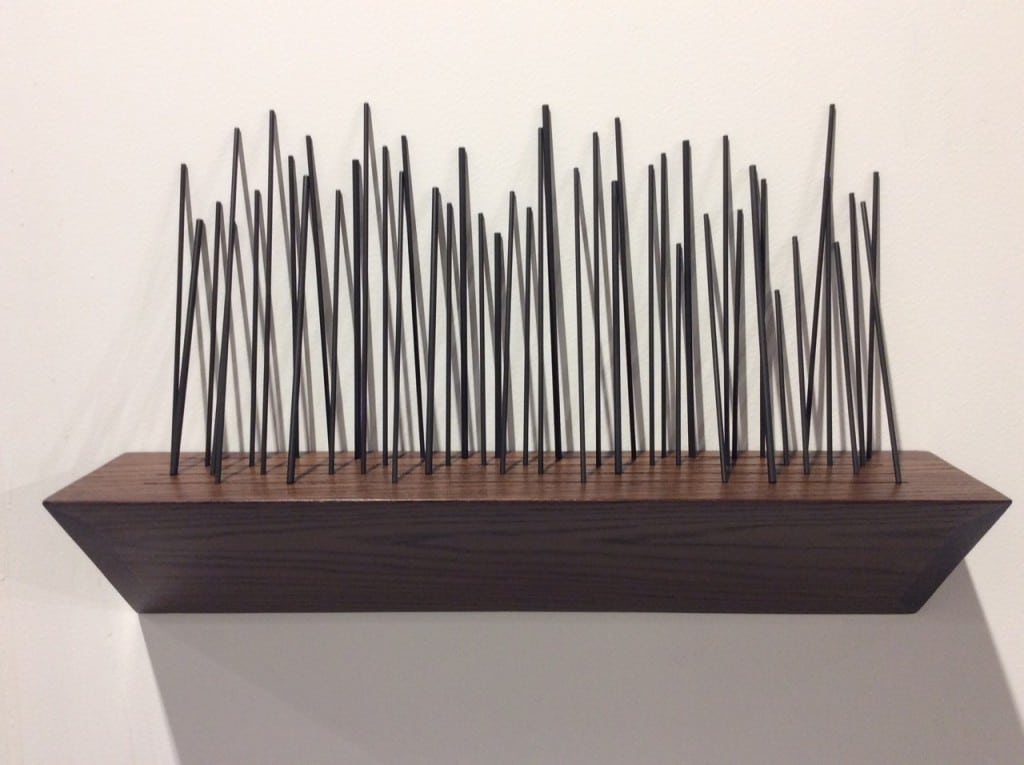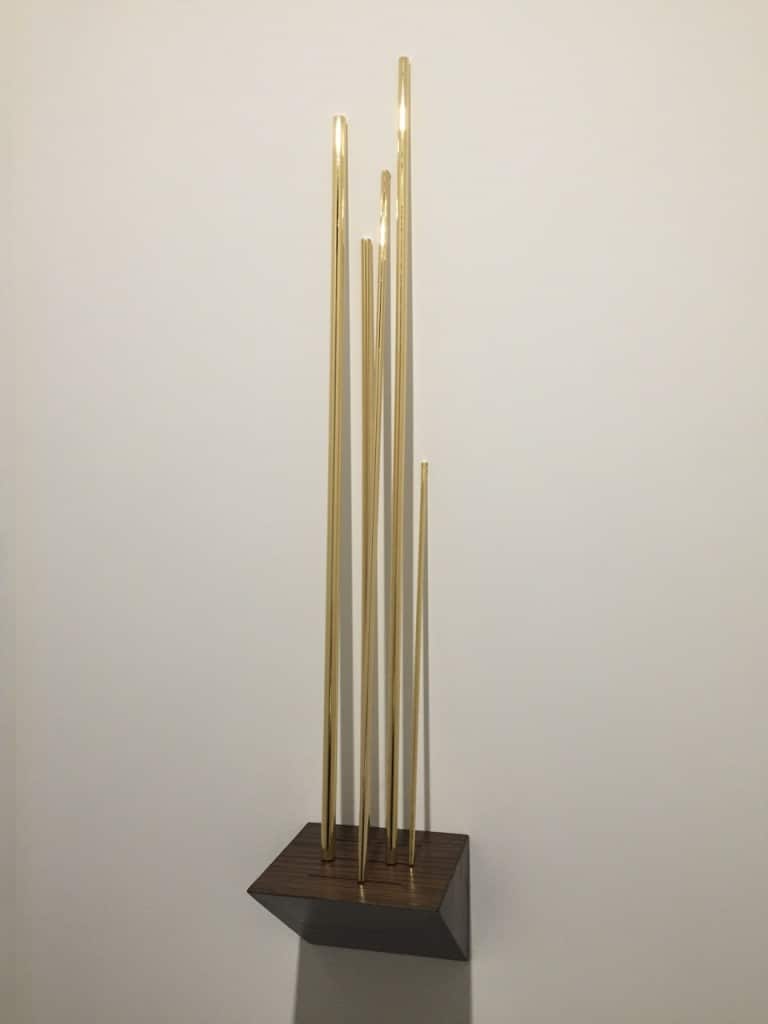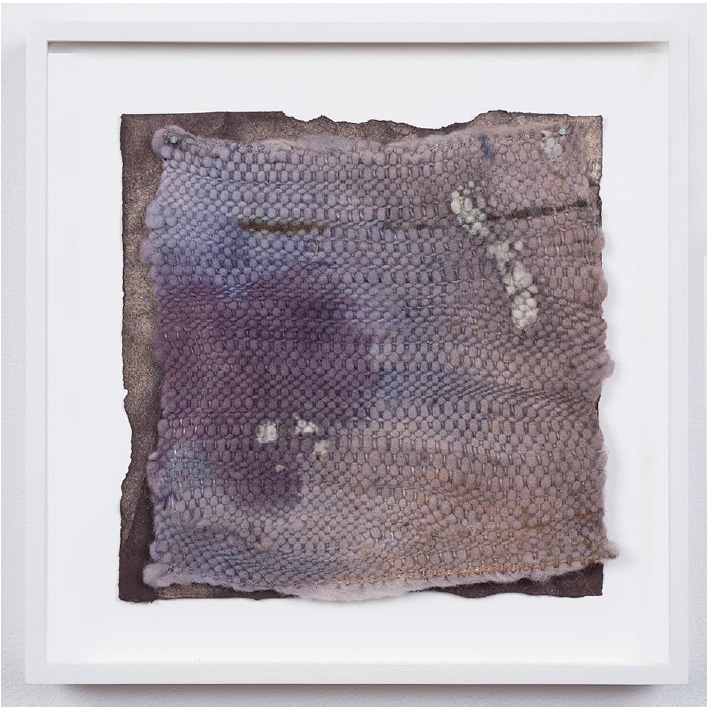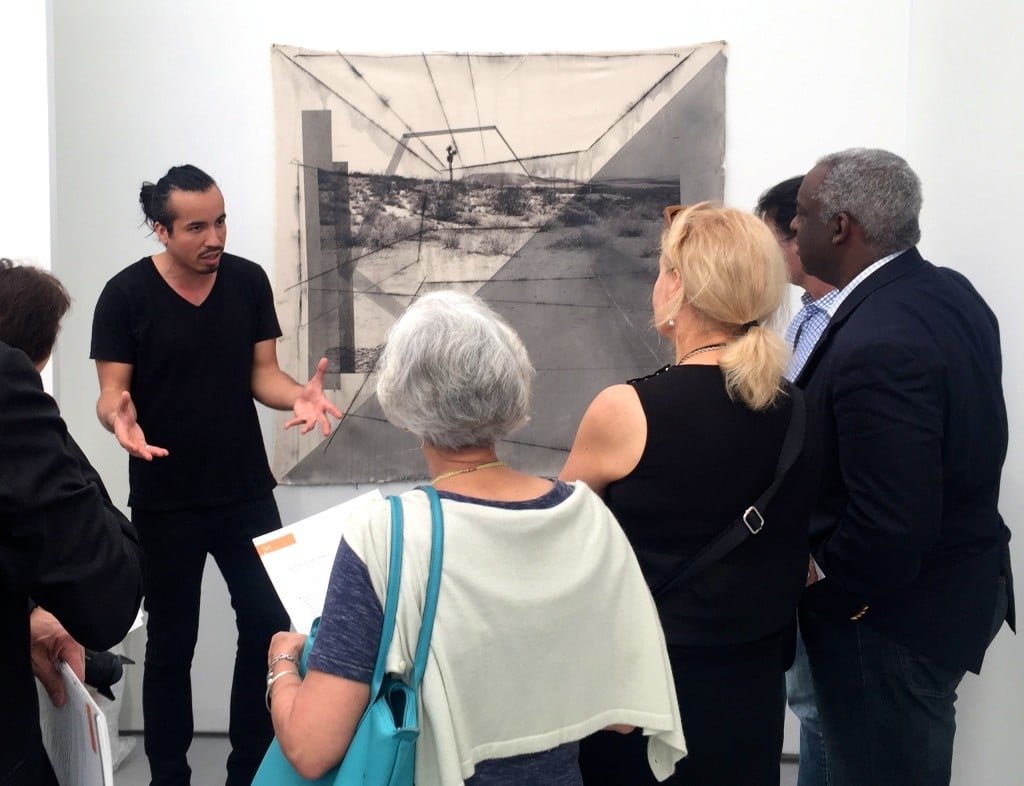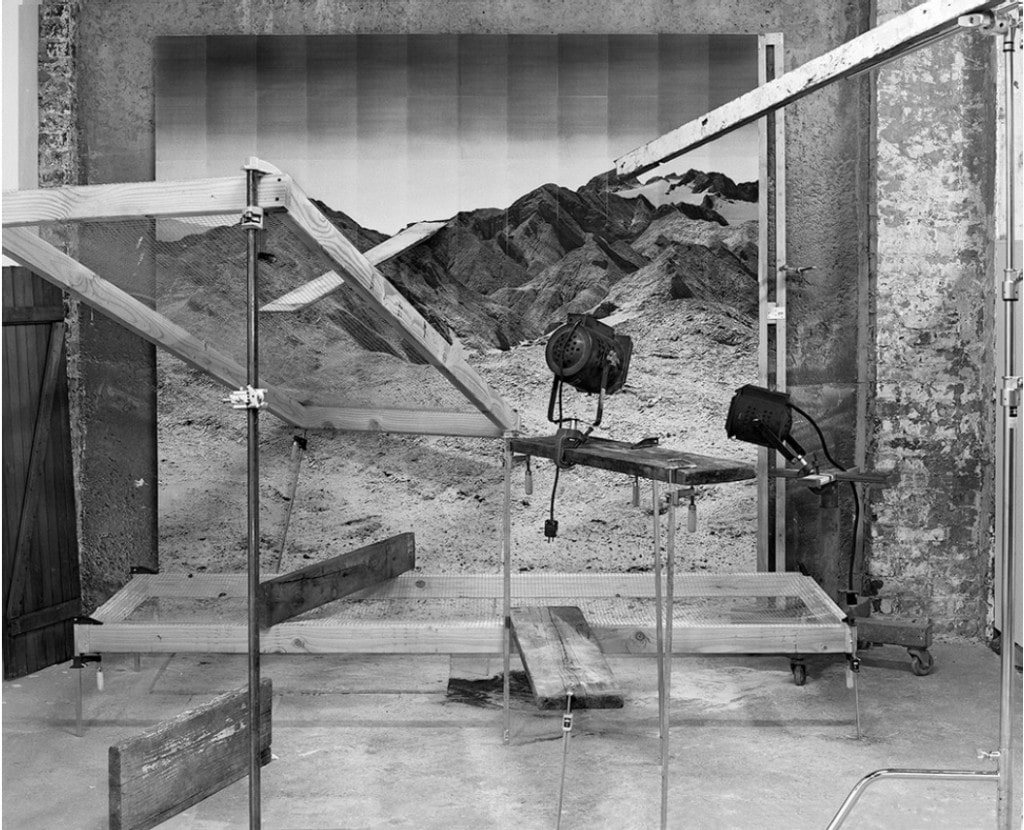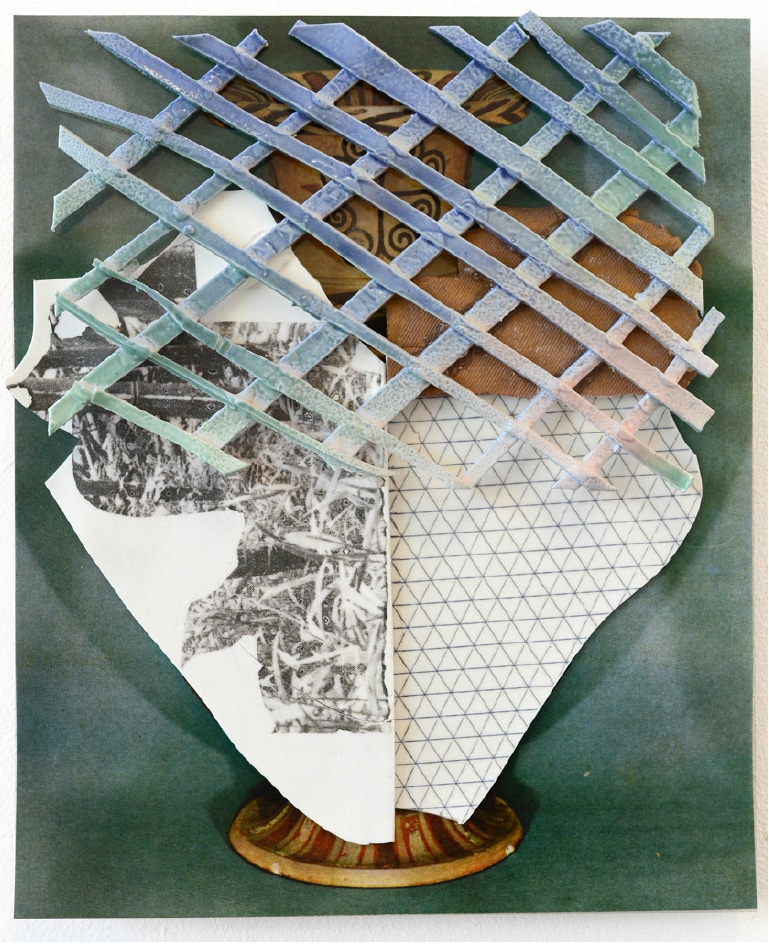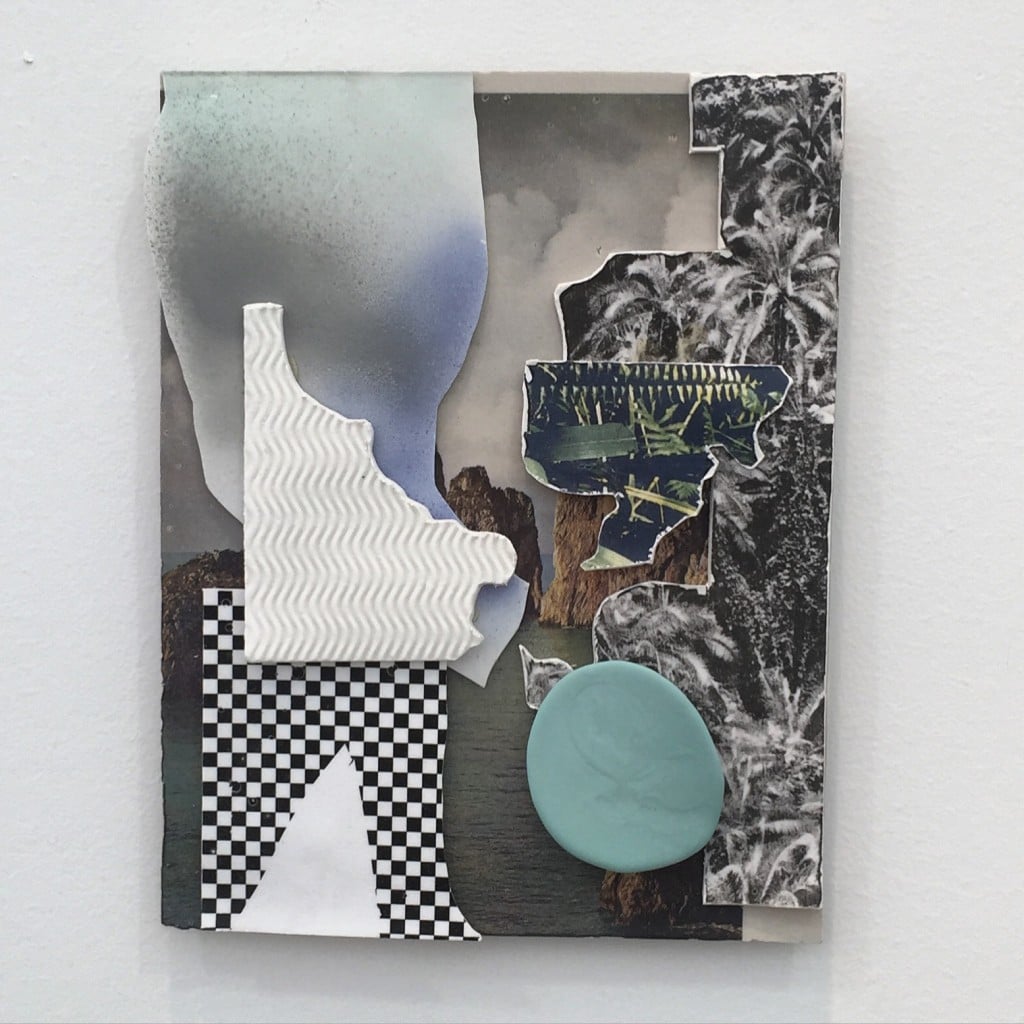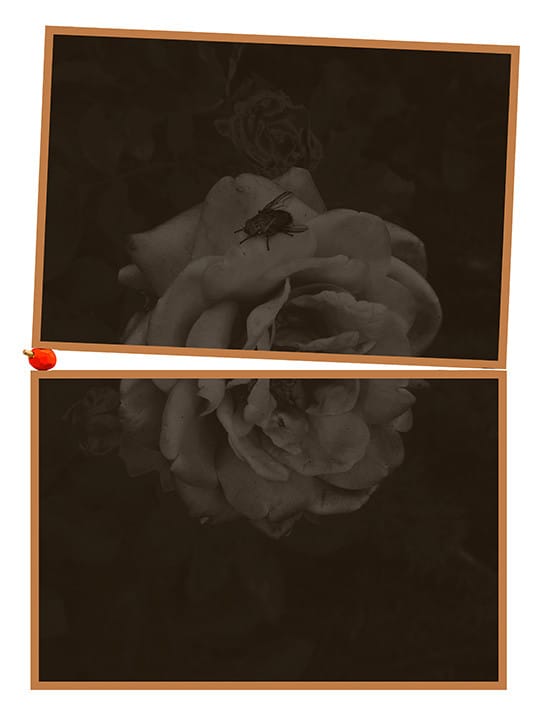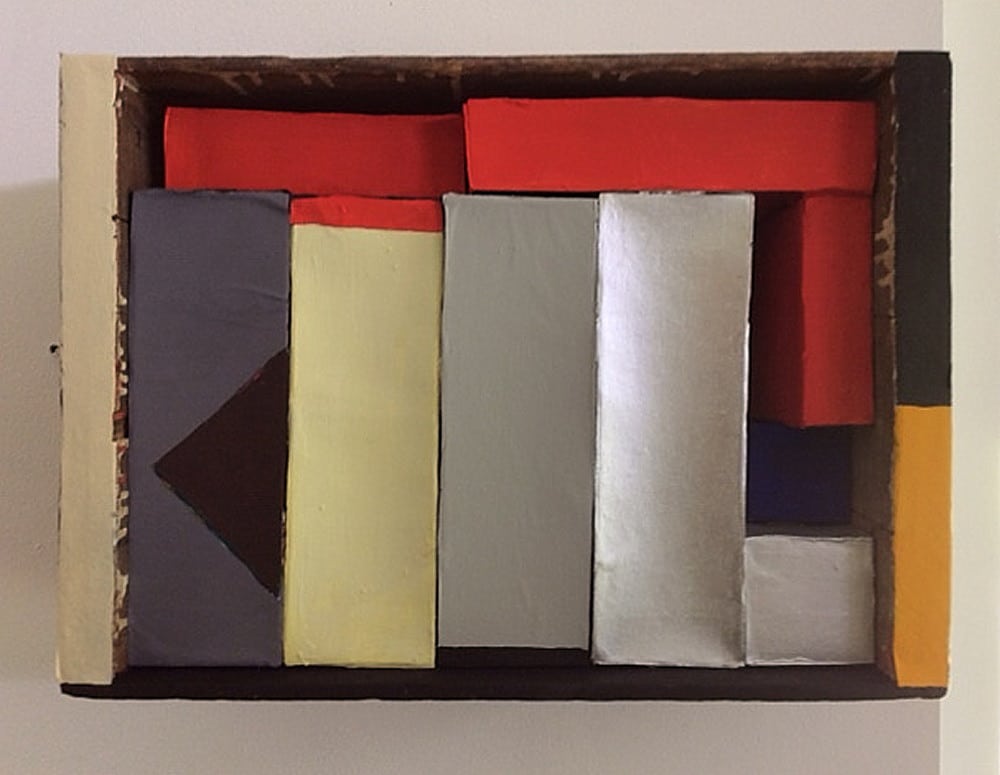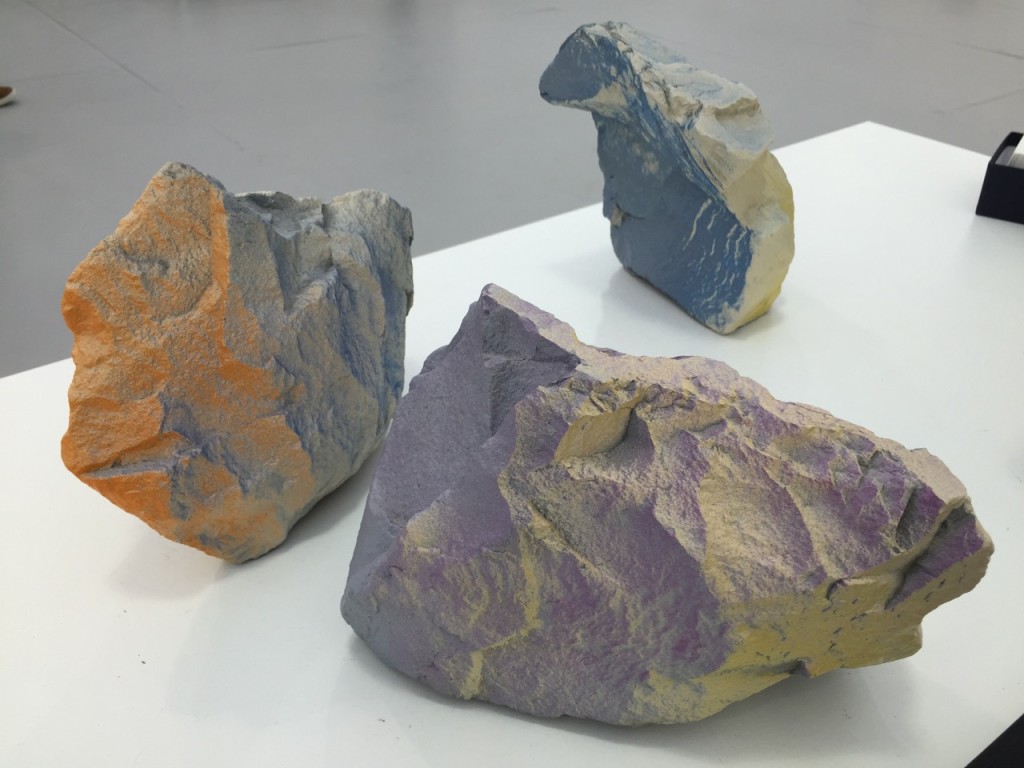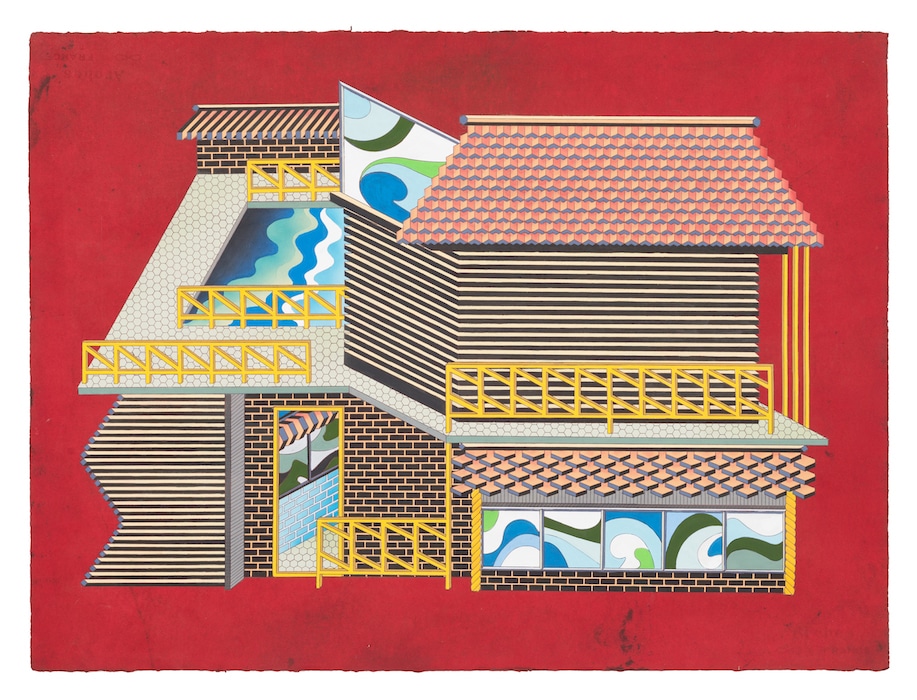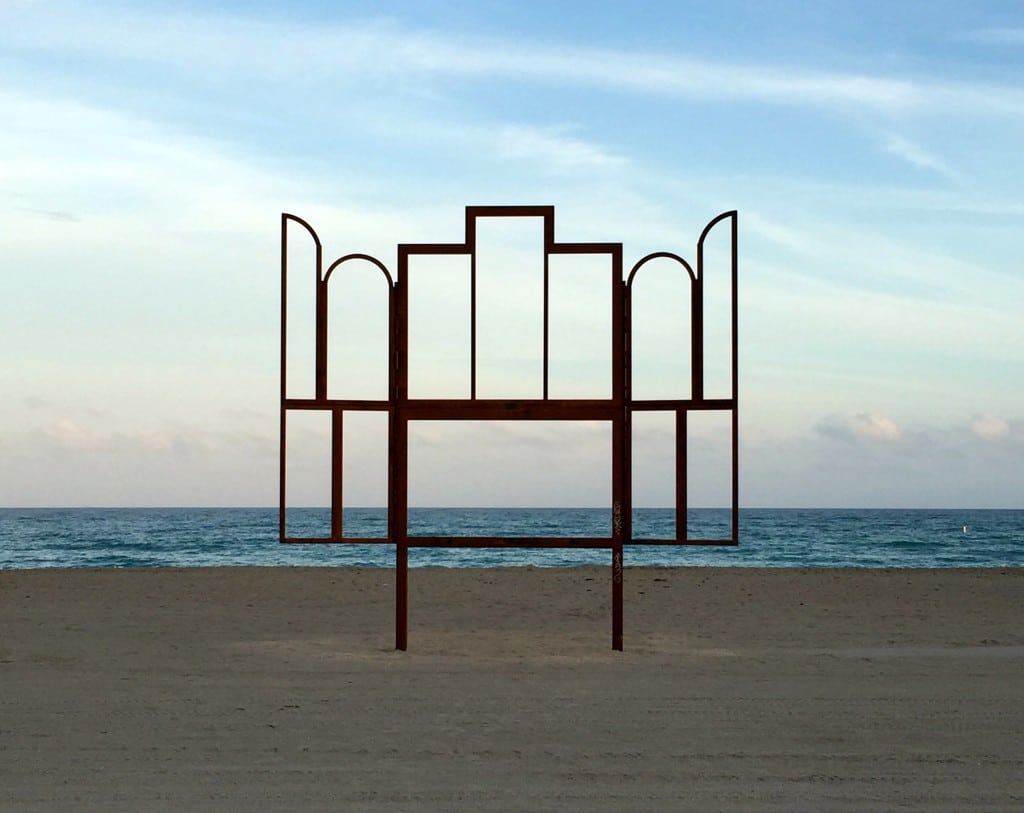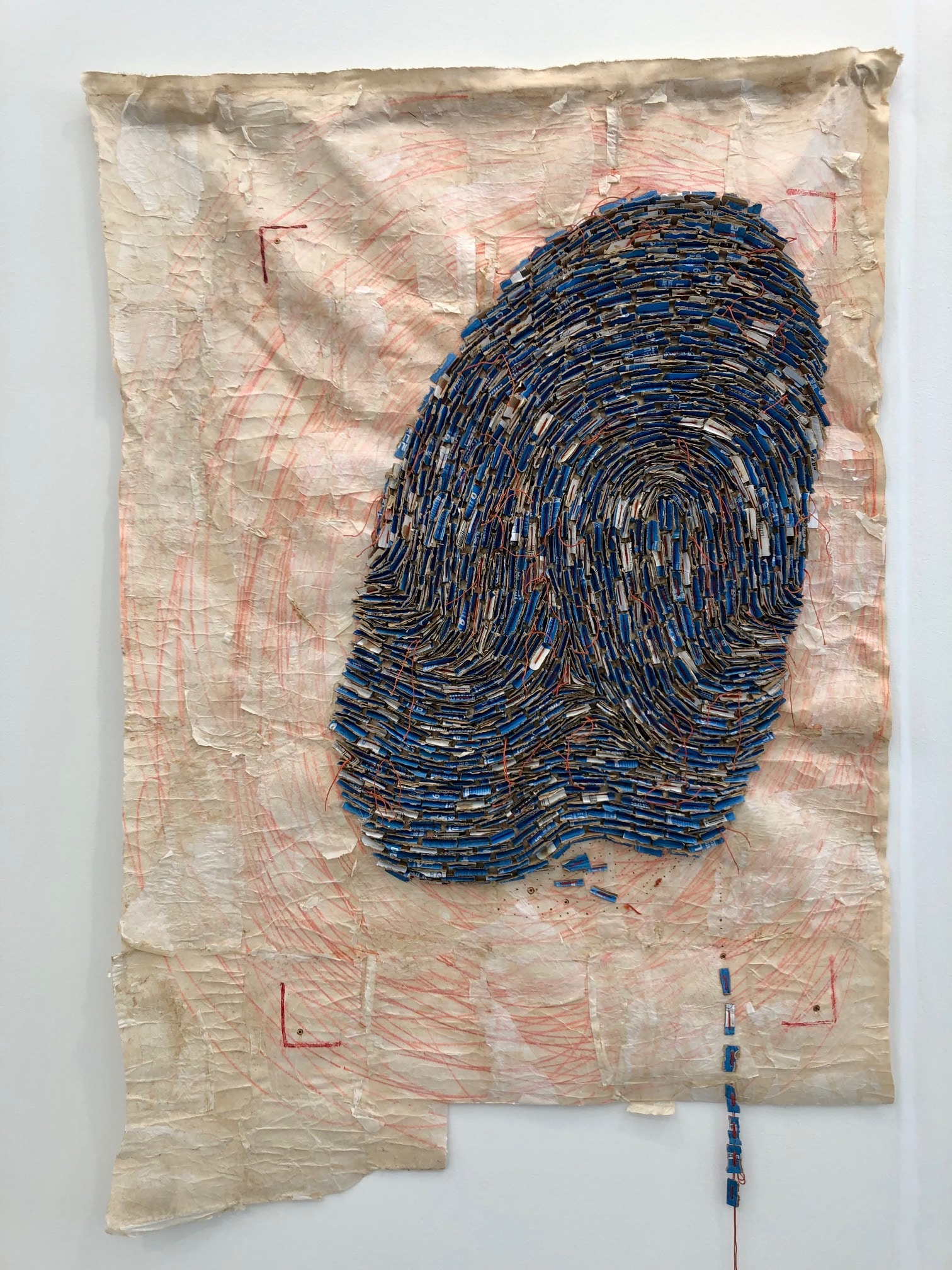
Wallen Mapondera, “Deliberate Impressions”, 2018, cardboard, wax paper, waxed cotton thread and ink on canvas at Tyburn Gallery, London.
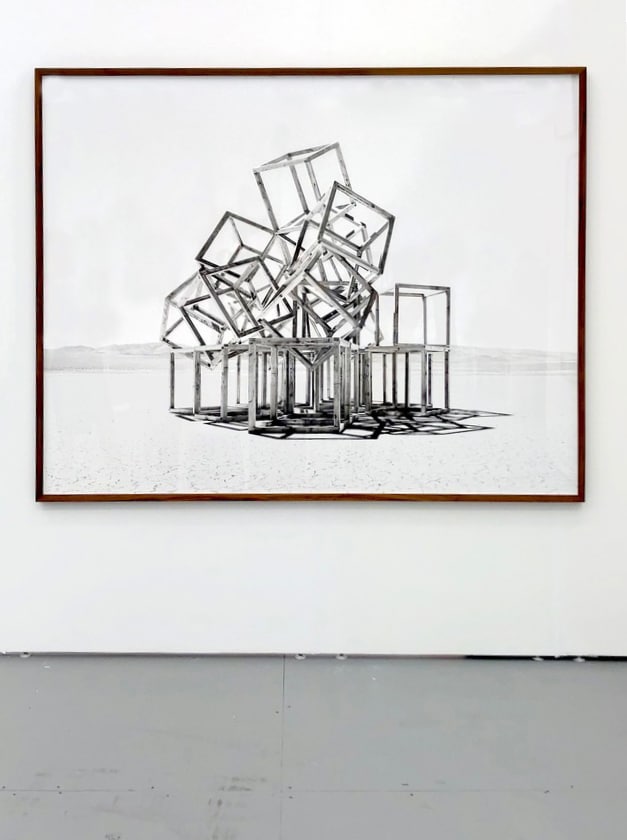
Noémie Goudal, “Telluris VIII”, 2017, C-print mounted on aluminum, 45″ x 57″. at Galerie Les Filles du Calvaire.
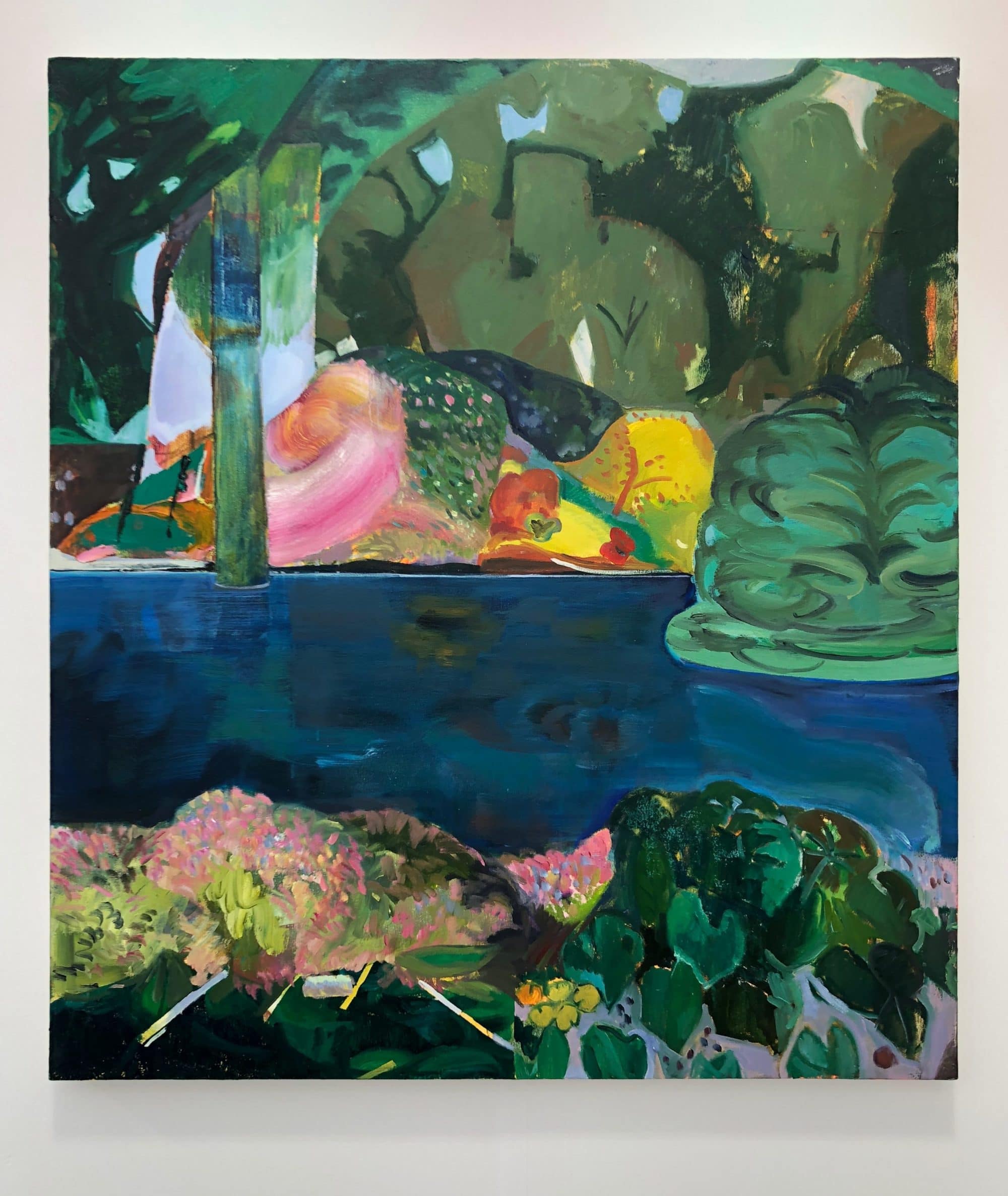
Monica Tap “Charles’ Tree”, 2018, oil on canvas, 46″ x 41″ at MKG127, Toronto.
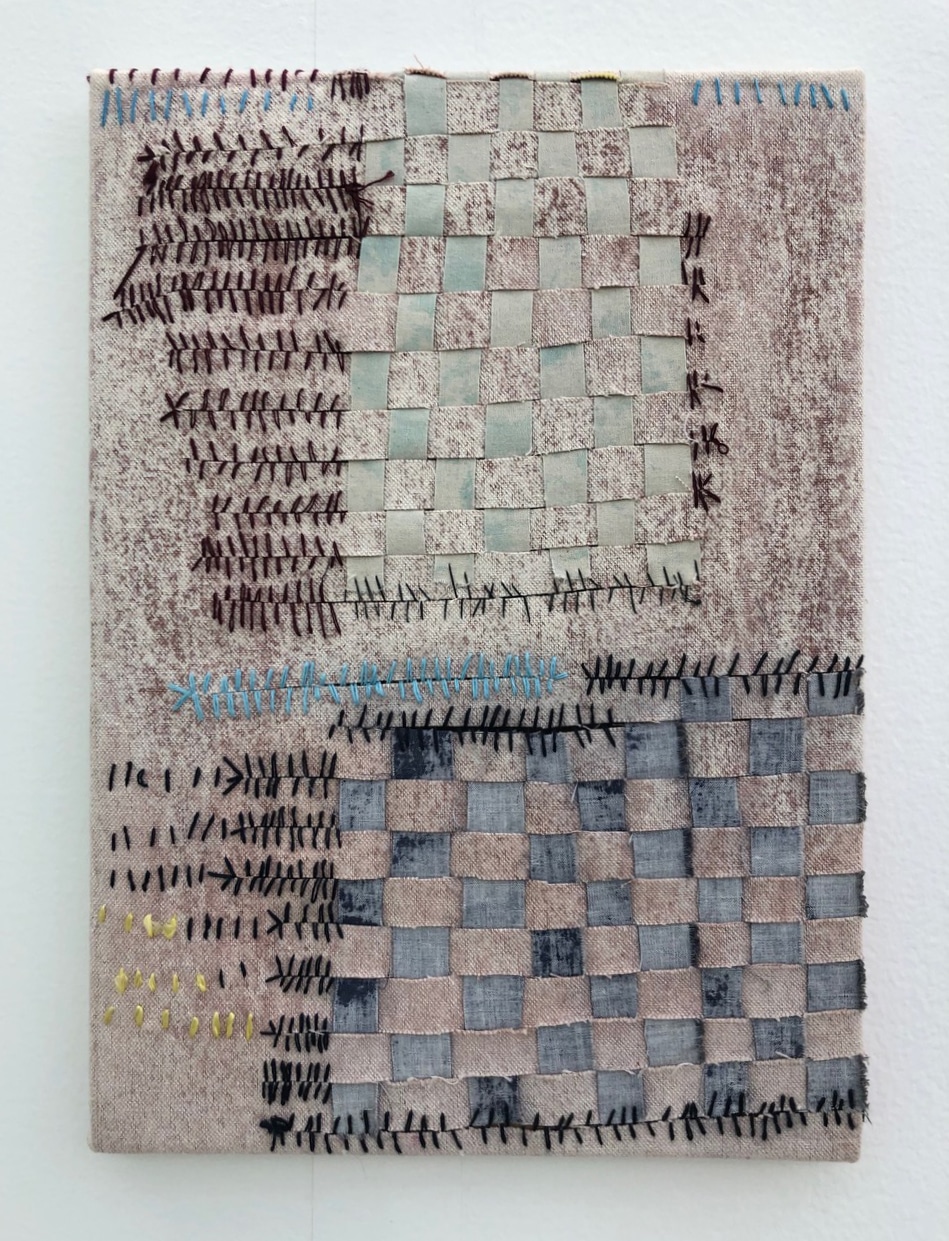
Teresa Lanceta, “Años Despues”, 1997, sewn and woven linen at Galeria Espacio Minimo, Madrid.
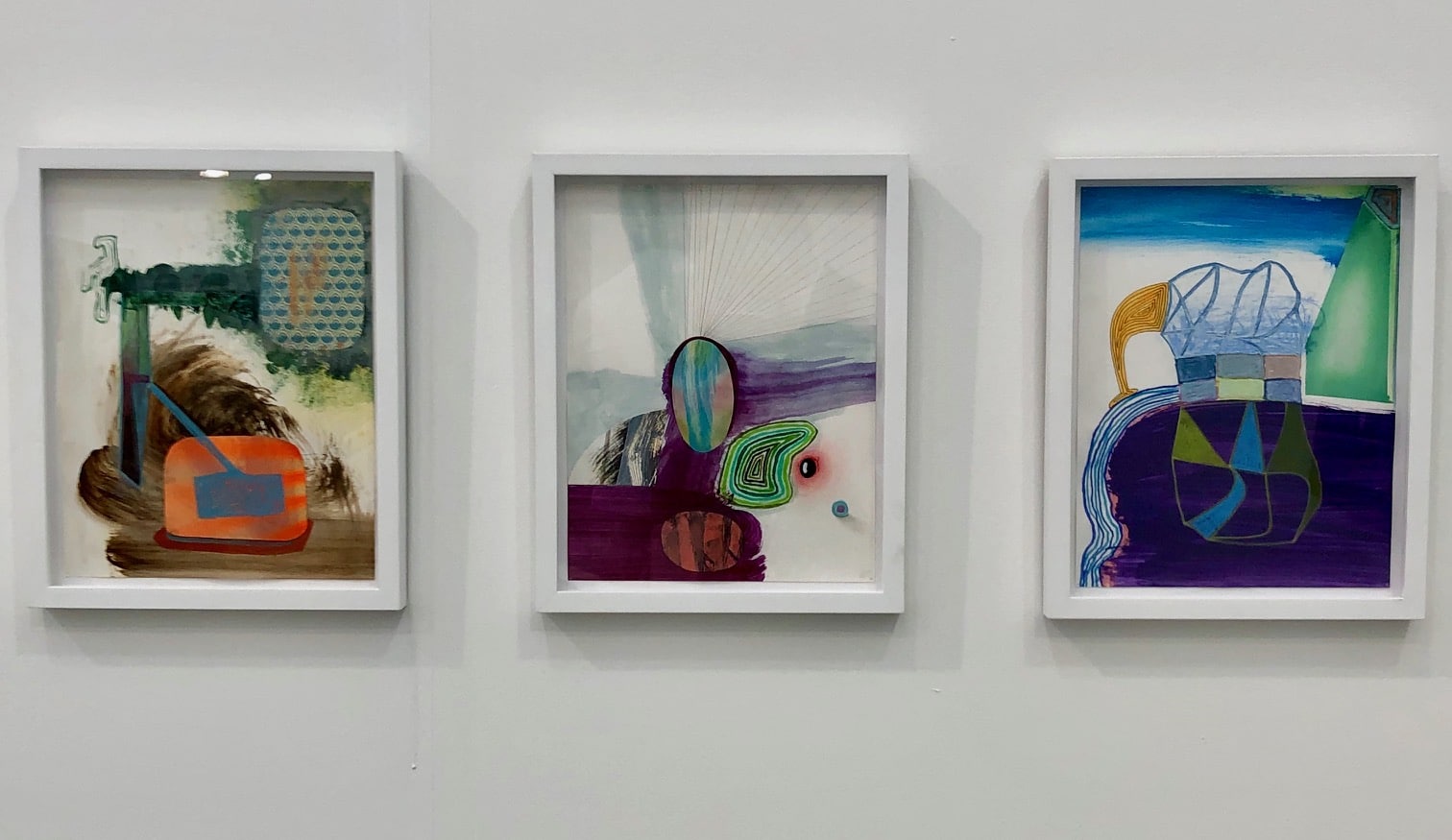
David Lloyd, “Untitled” (3), 2018, mixed media on paper at Klowden Mann, Los Angeles.
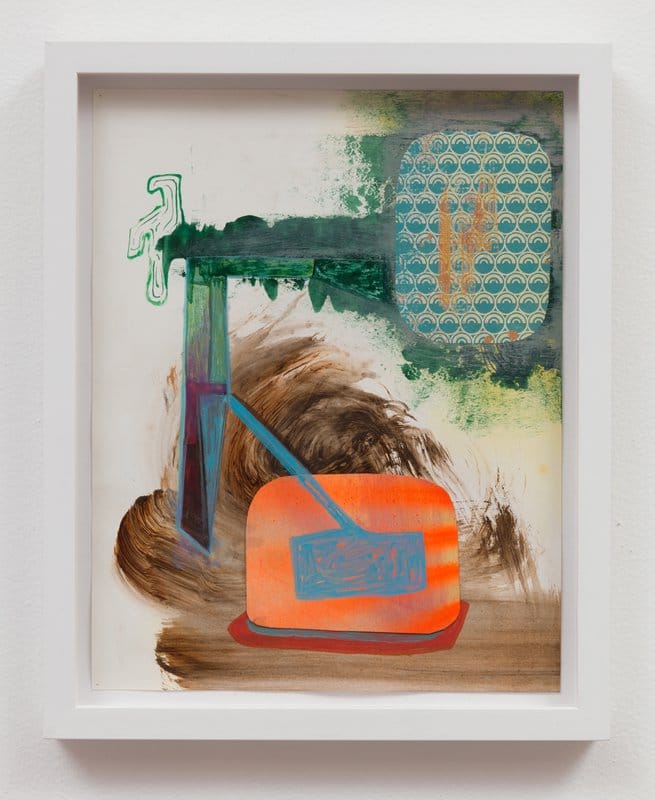
Detail.
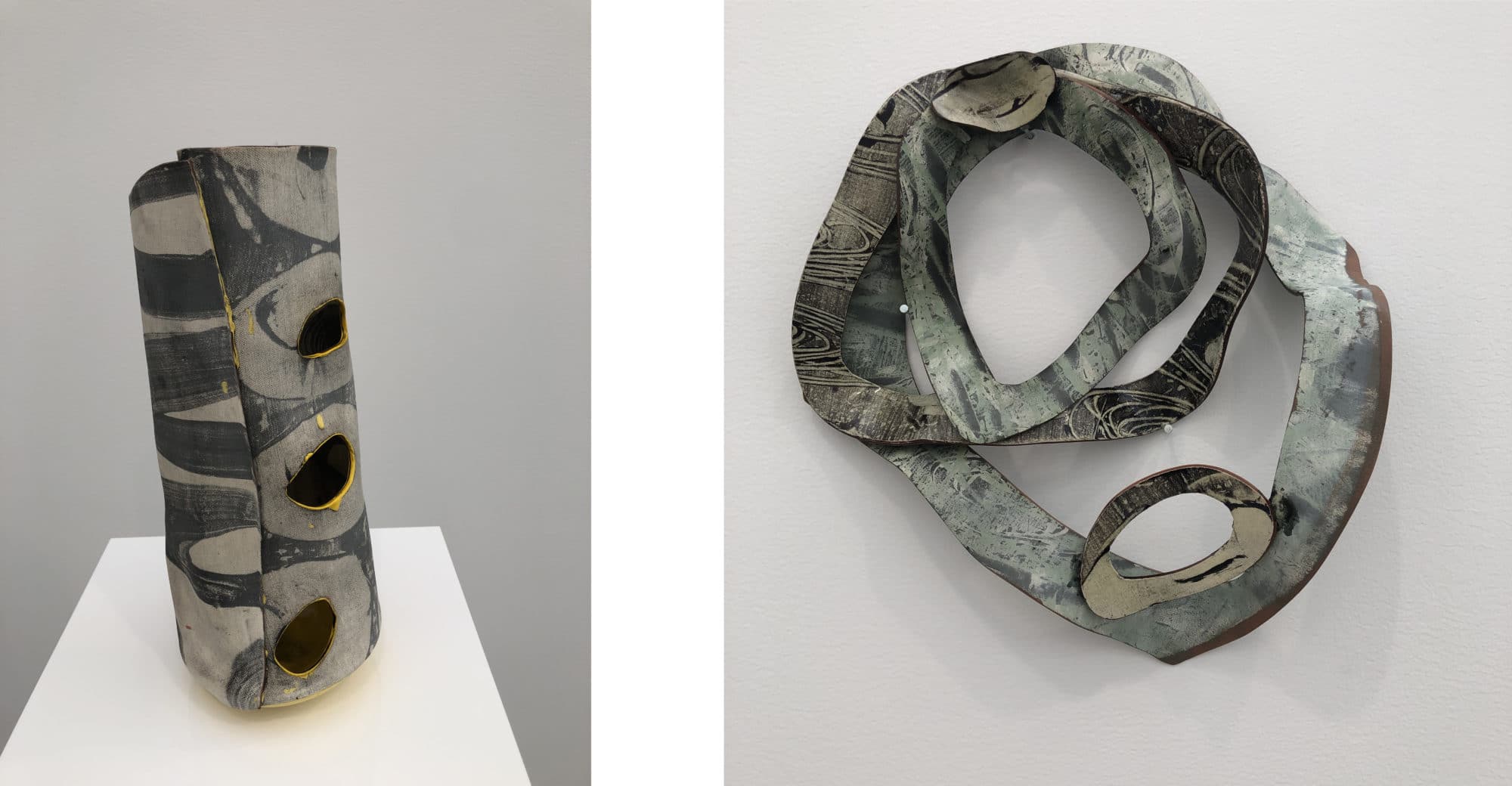
Ranti Bam, terracotta vessel and wall sculptures at 50 Golborne, London.
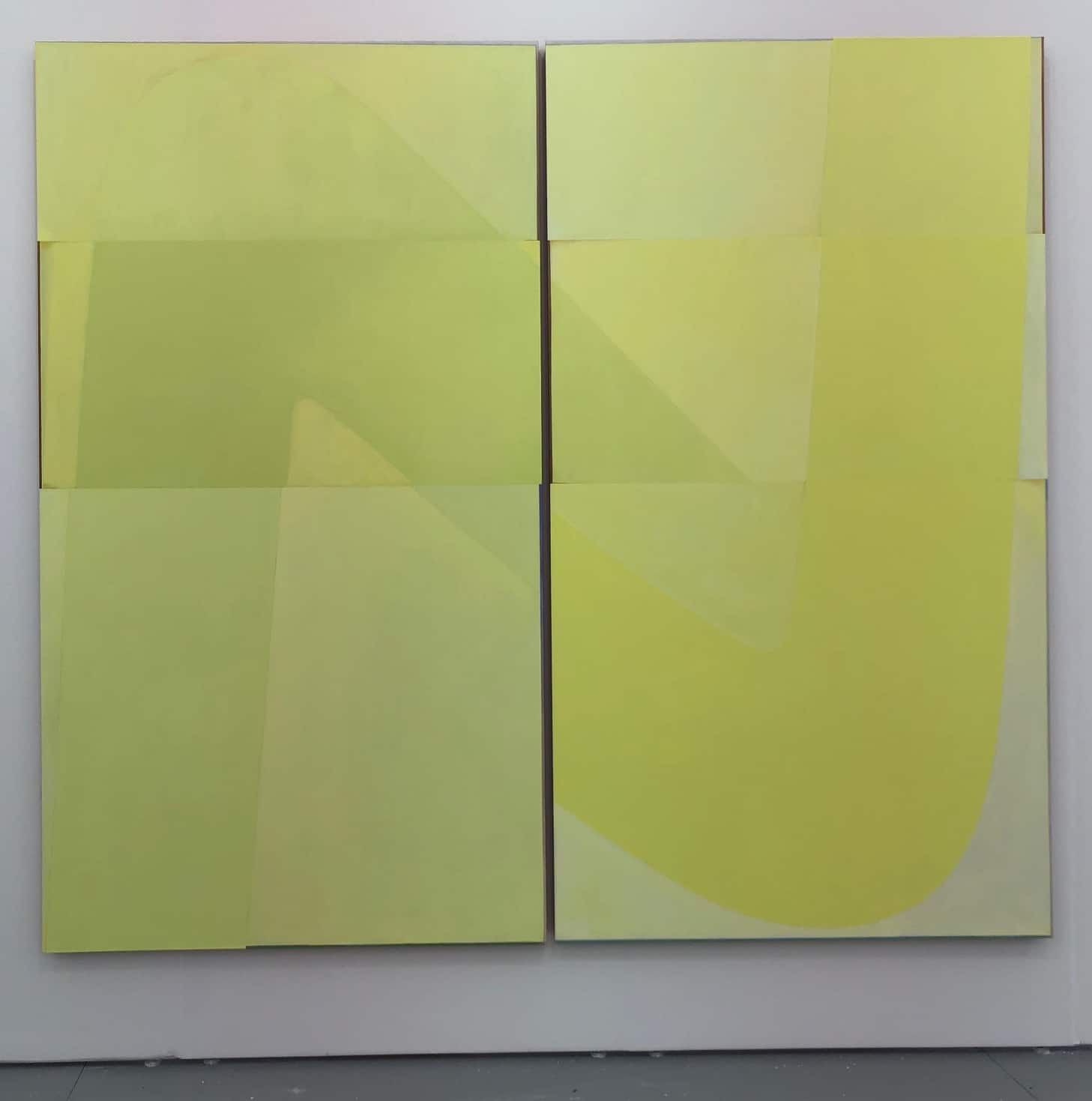
Nathlie Provosty, “Closed Eye Vision (Right)”, 2018, oil on linen diptych, 96″ x 53″ at Nathalie Karg Gallery, New York.
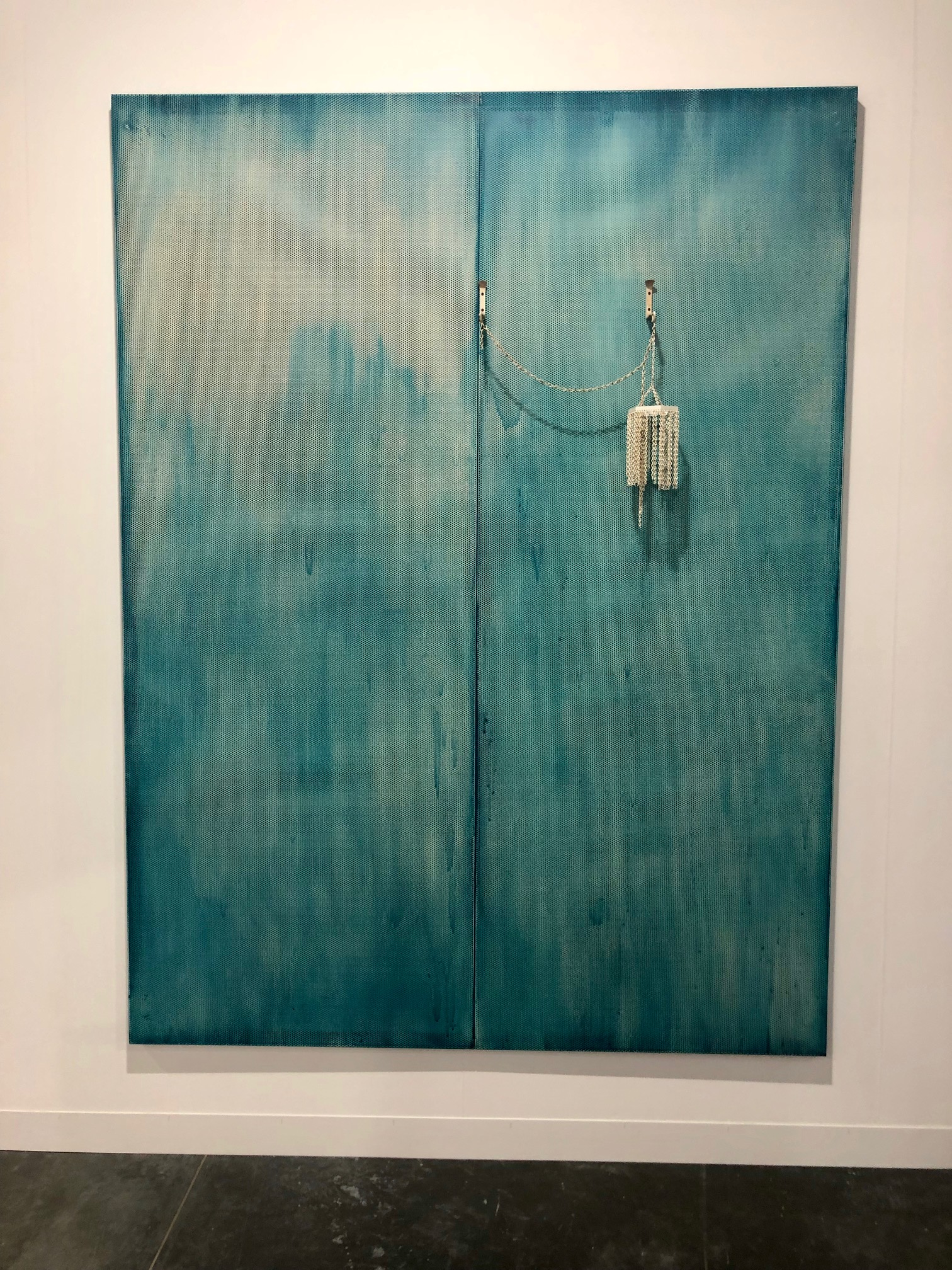
Martin Boyce, “Untitled”, 2017, painted perforated steel, aluminum, and painted steel chain at The Modern Institute, Glasgow.
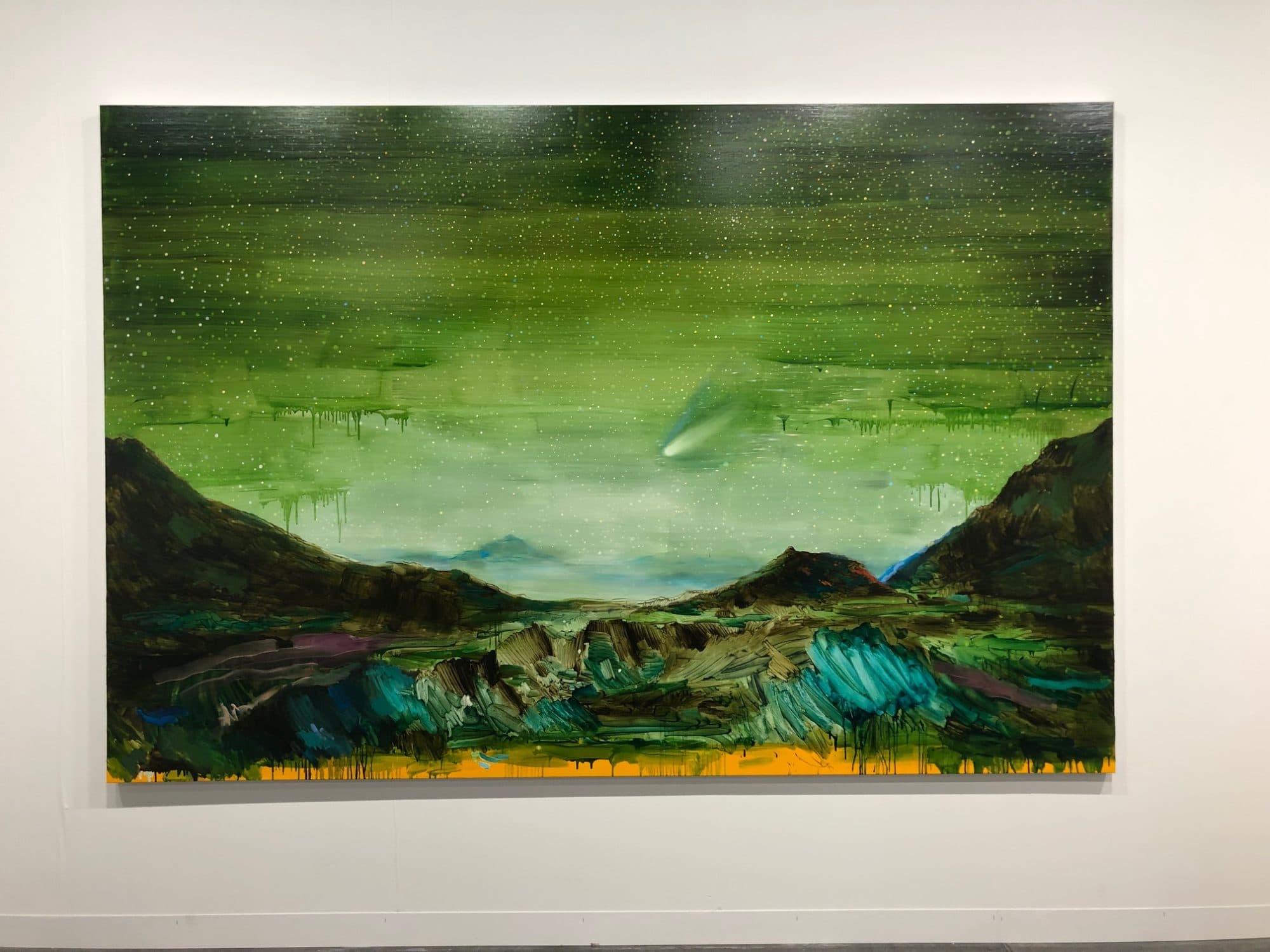
Ida Tursic and Wilfried Mille, “The Comete”, 2018, oil on canvas, 78″ x 118″ at Alfonso Artiaco, Napoli.
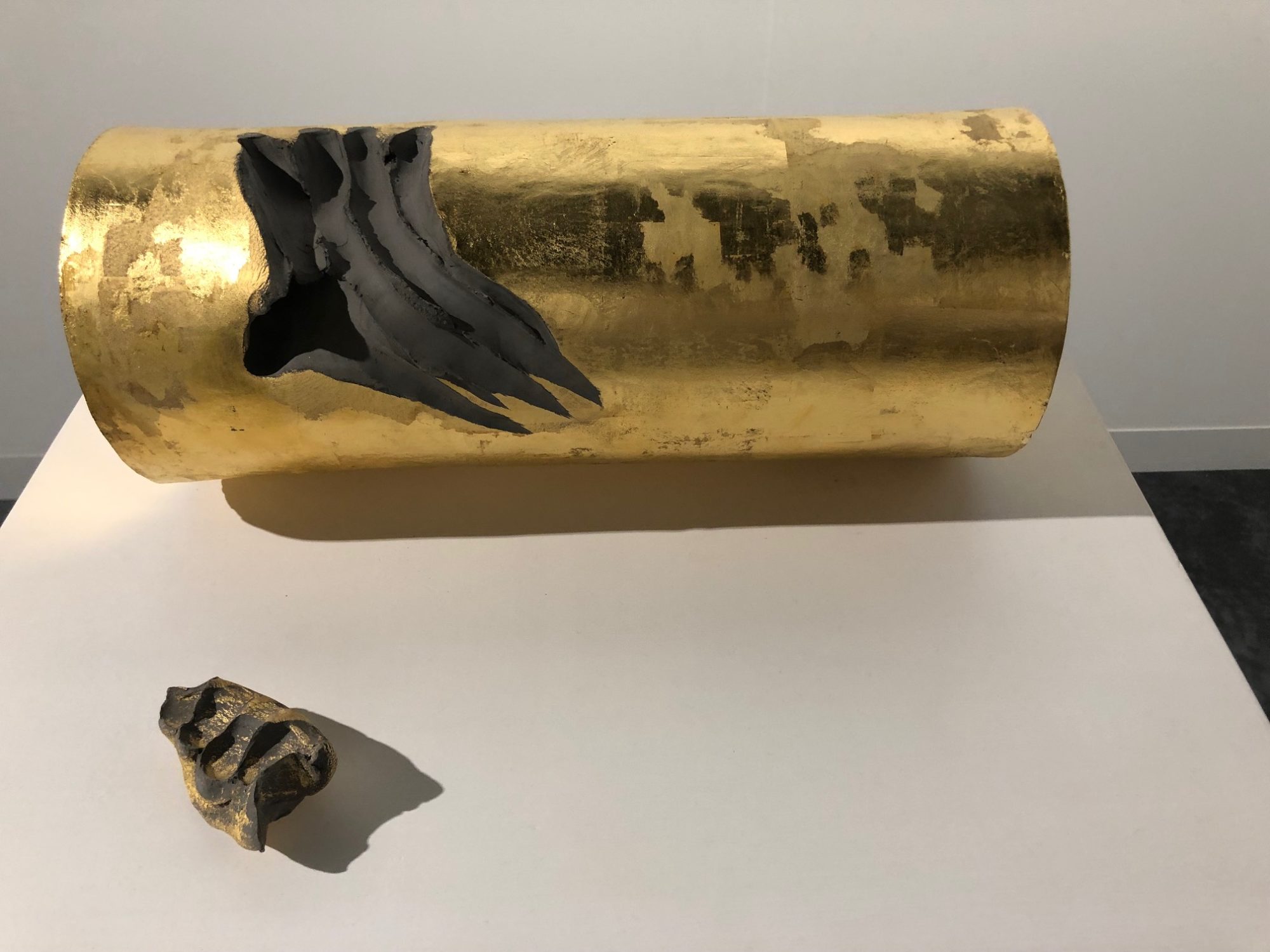
Michel Francois, “A L’arraché”, 2018, clay and gold leaf at Alfonso Artiaco, Napoli.
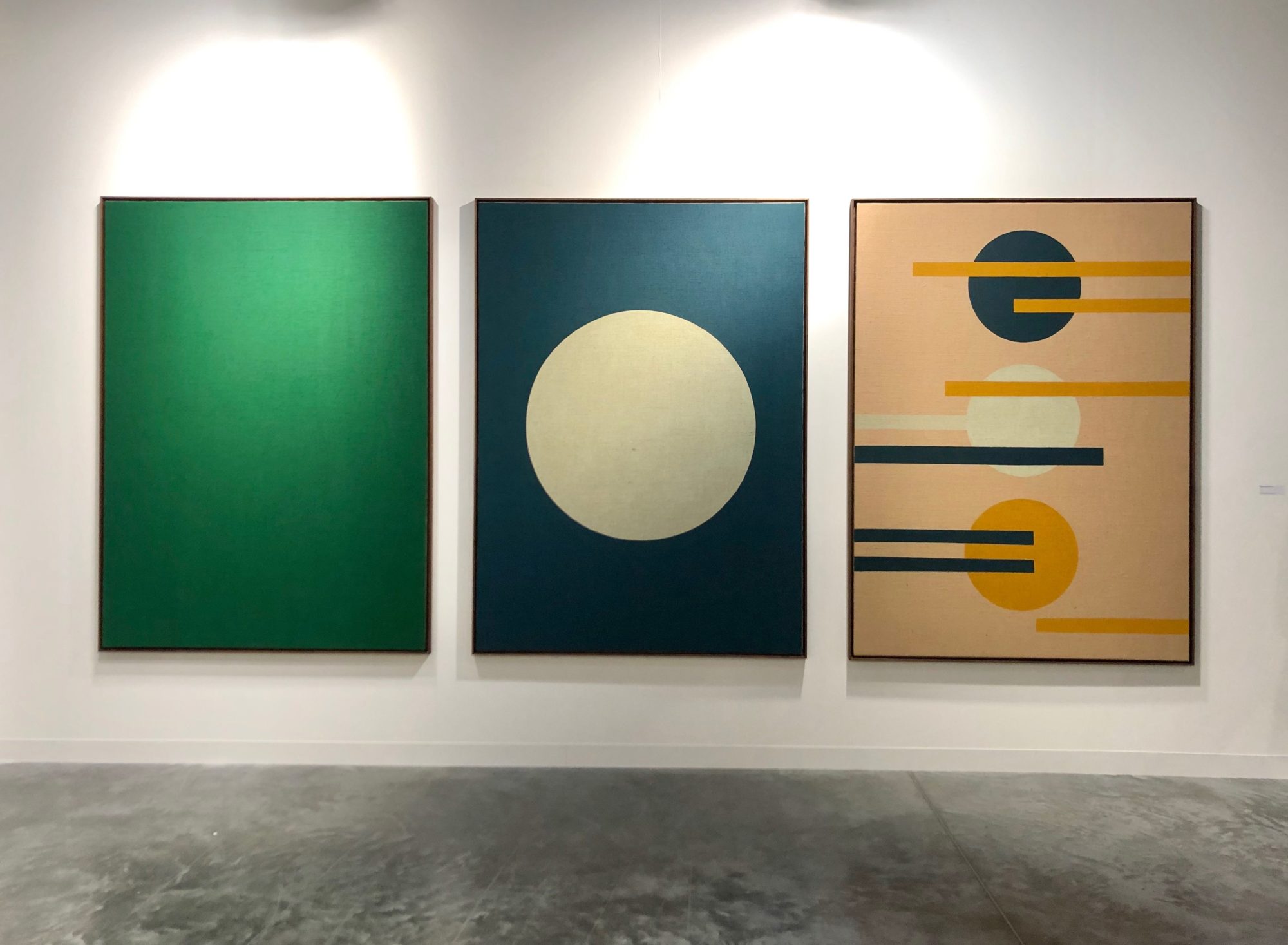
Antonio Ballester Moreno, series of acrylic on linen paintings, 2018 at Maisterravalbuena, Madrid.
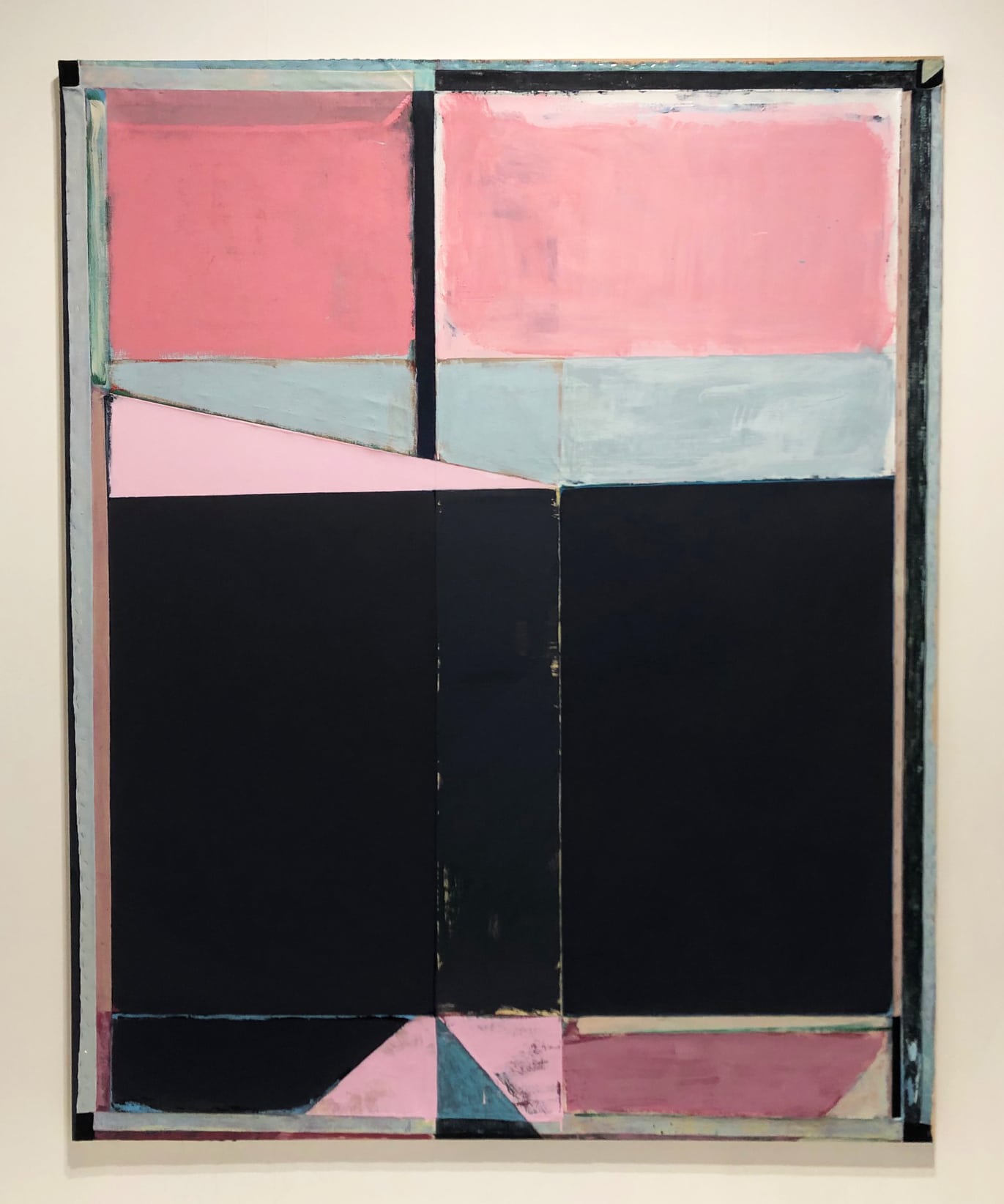
Julia Rommel, “Ex-Wife”, 2018, oil on linen, 90″ x 72″ x 2″ at STANDARD, Oslo.
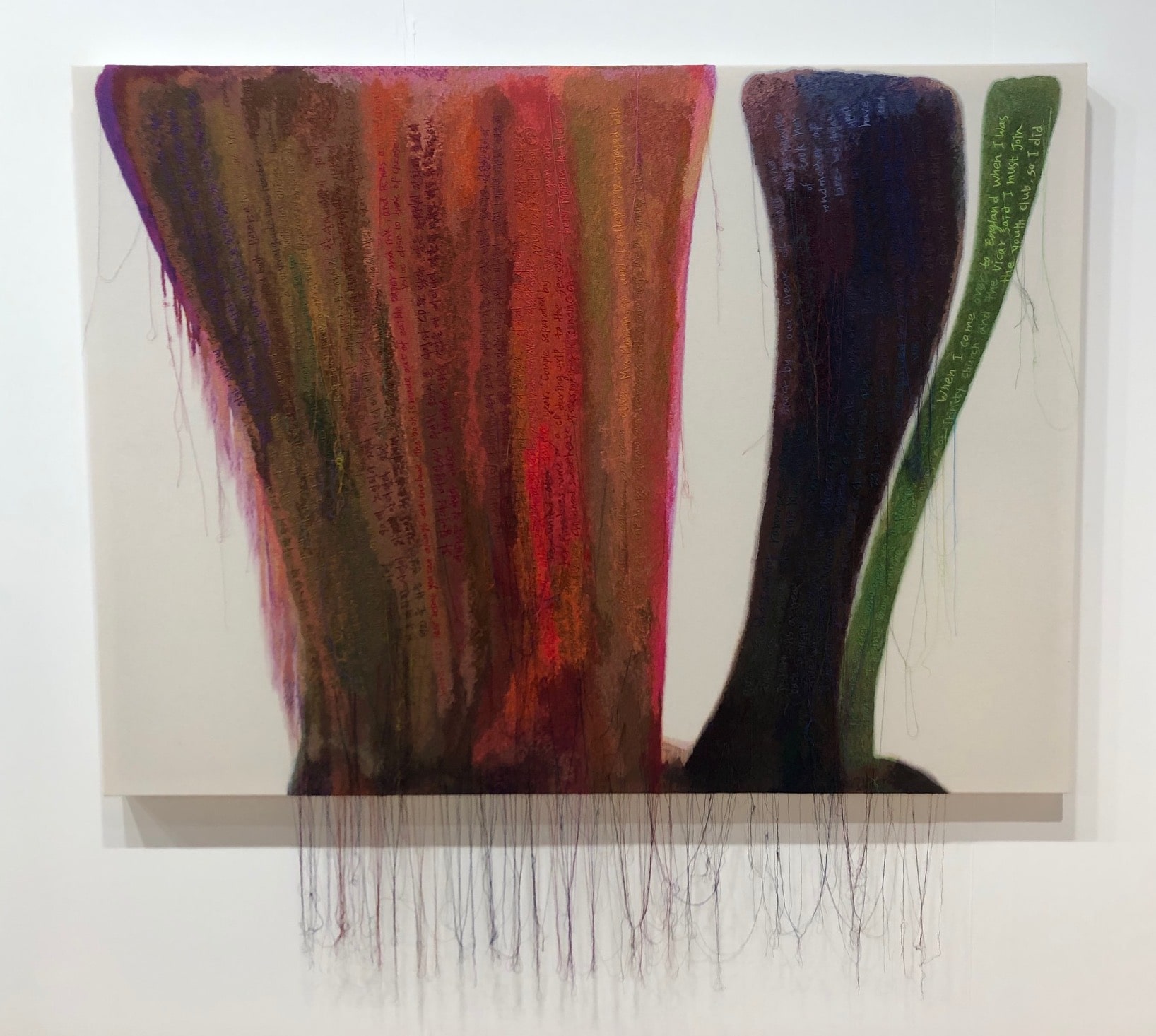
Kyungah Ham, “Abstract Weave/ Morris Louis Dalet Tzadik 1958″, 2014, machine embroidery on cotton, collected internet world news, tassel, wooden frame, 64.17″ x 65.75” at Kukje Gallery, Seoul.
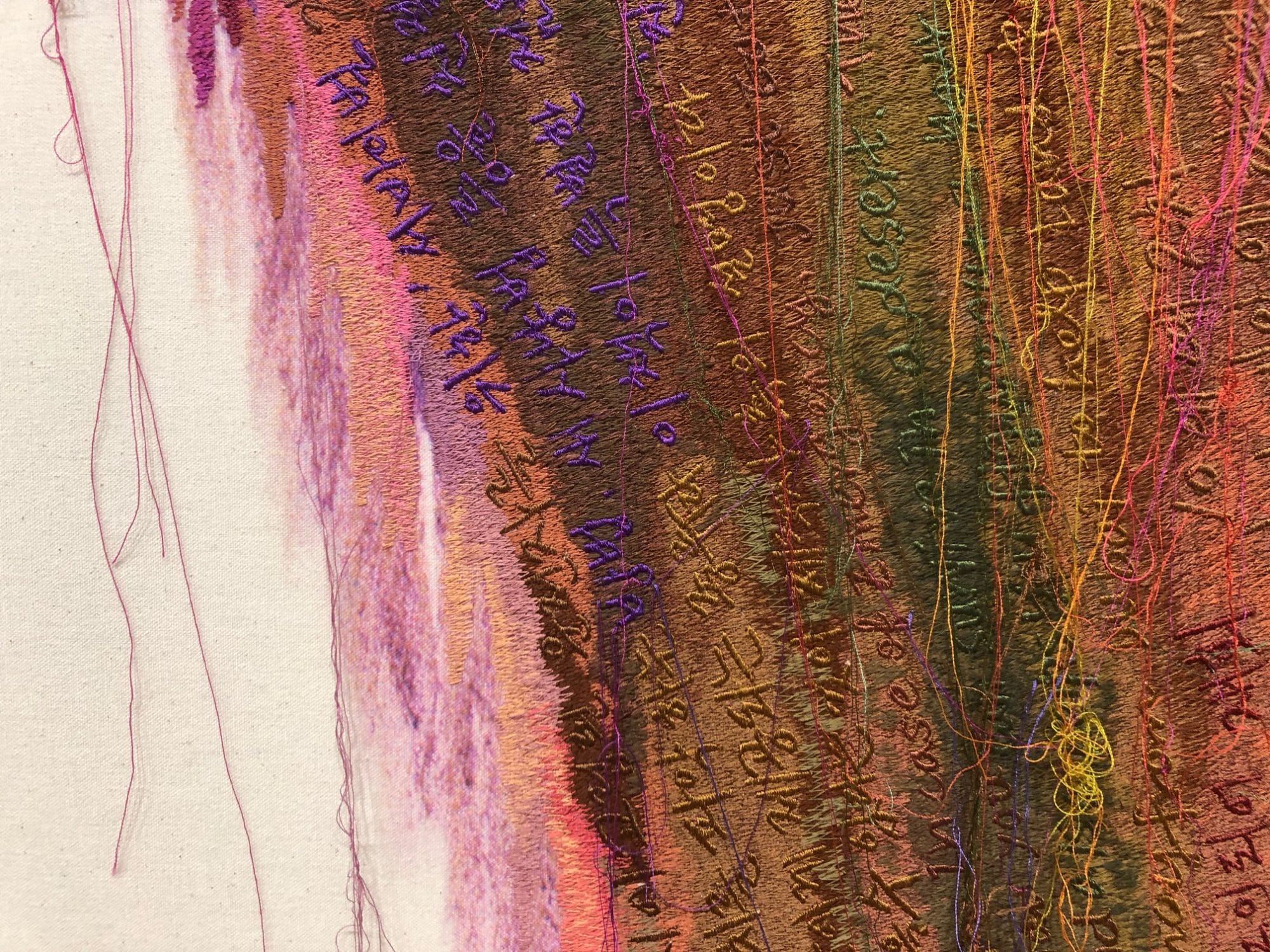
Detail.
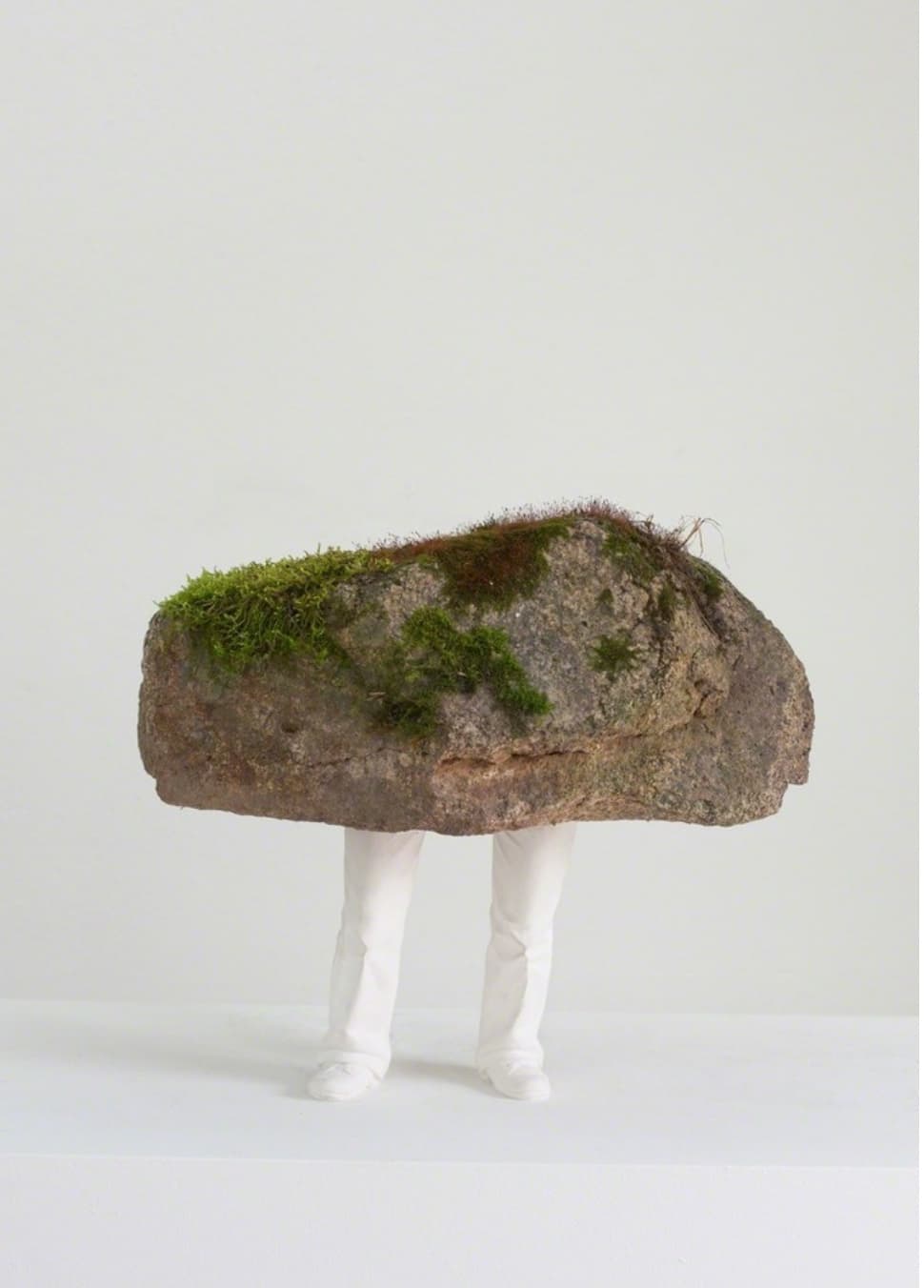
Erwin Wurm, “Stone”, 2018, acrystal and stone sculpture at Lehmann Maupin, New York.
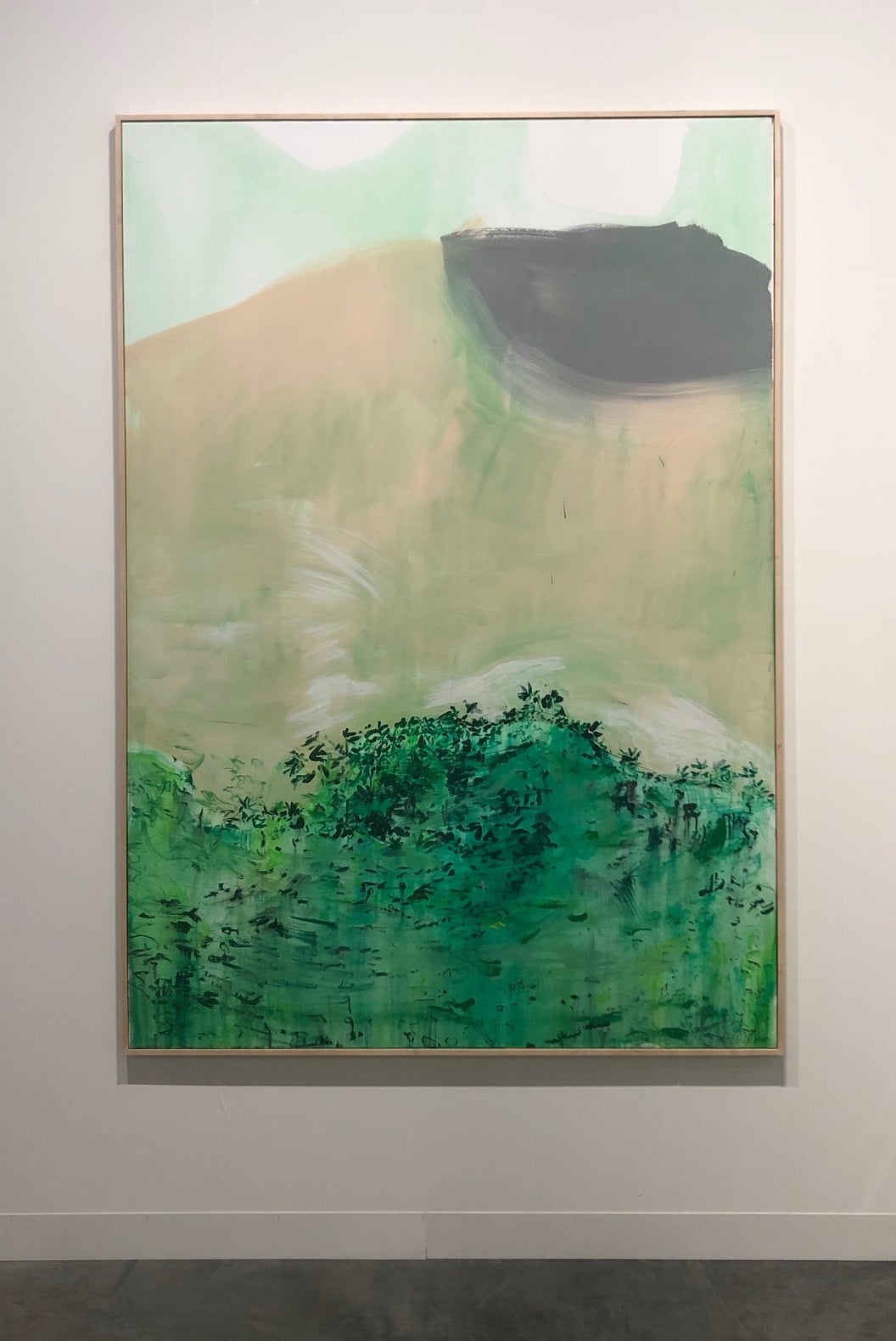
Brian Maguire, “Grow House”, 2014, acrylic on lines, 78 3/4″ x 55 1.8″ at Fergus McCaffrey, New York.
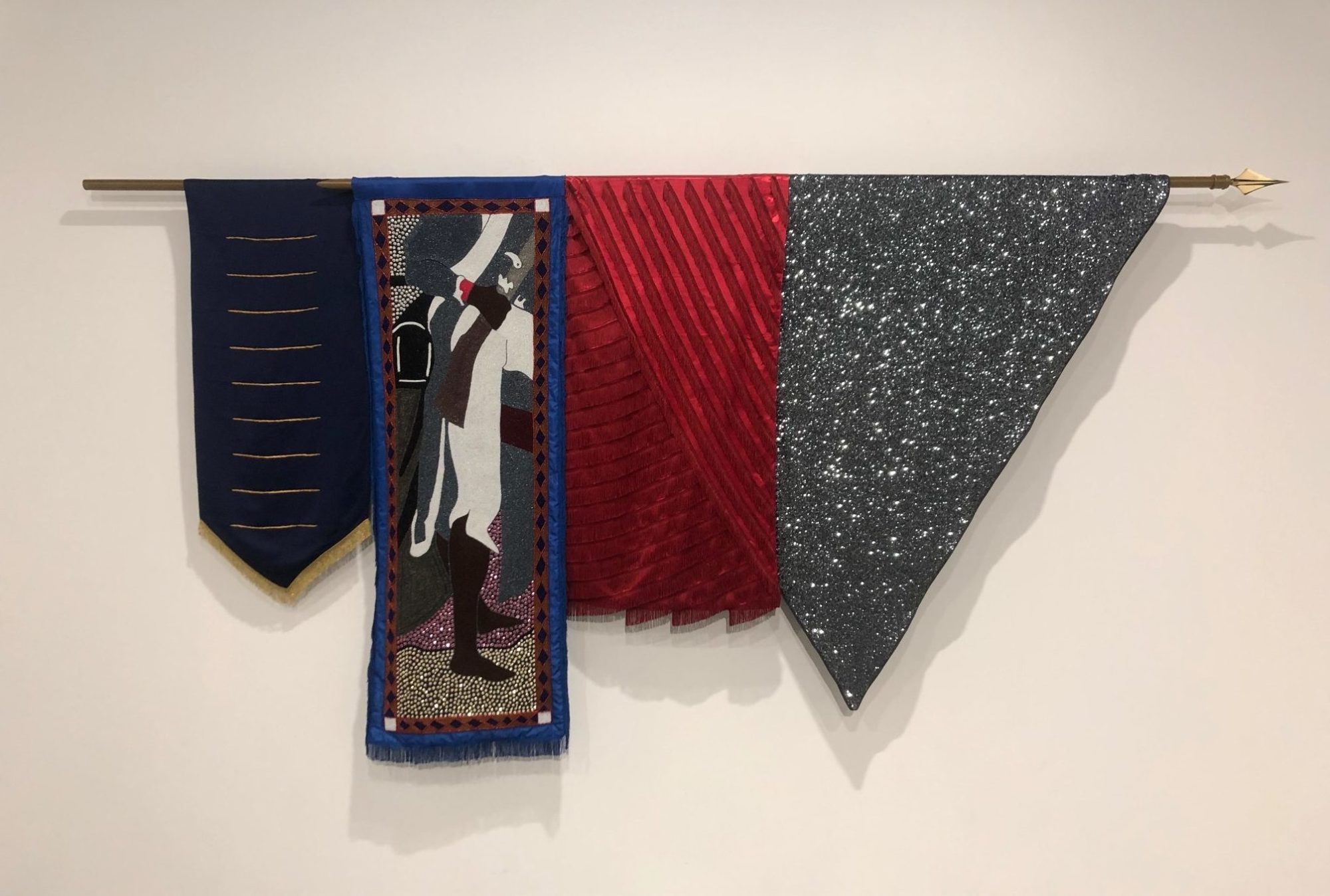
Kapwani Kiwanga, “Nations: Vertières, 1803”, 2018, embroidered fabrics, sequins and pearls, metal bar at Galerie Jérôme Poggi.
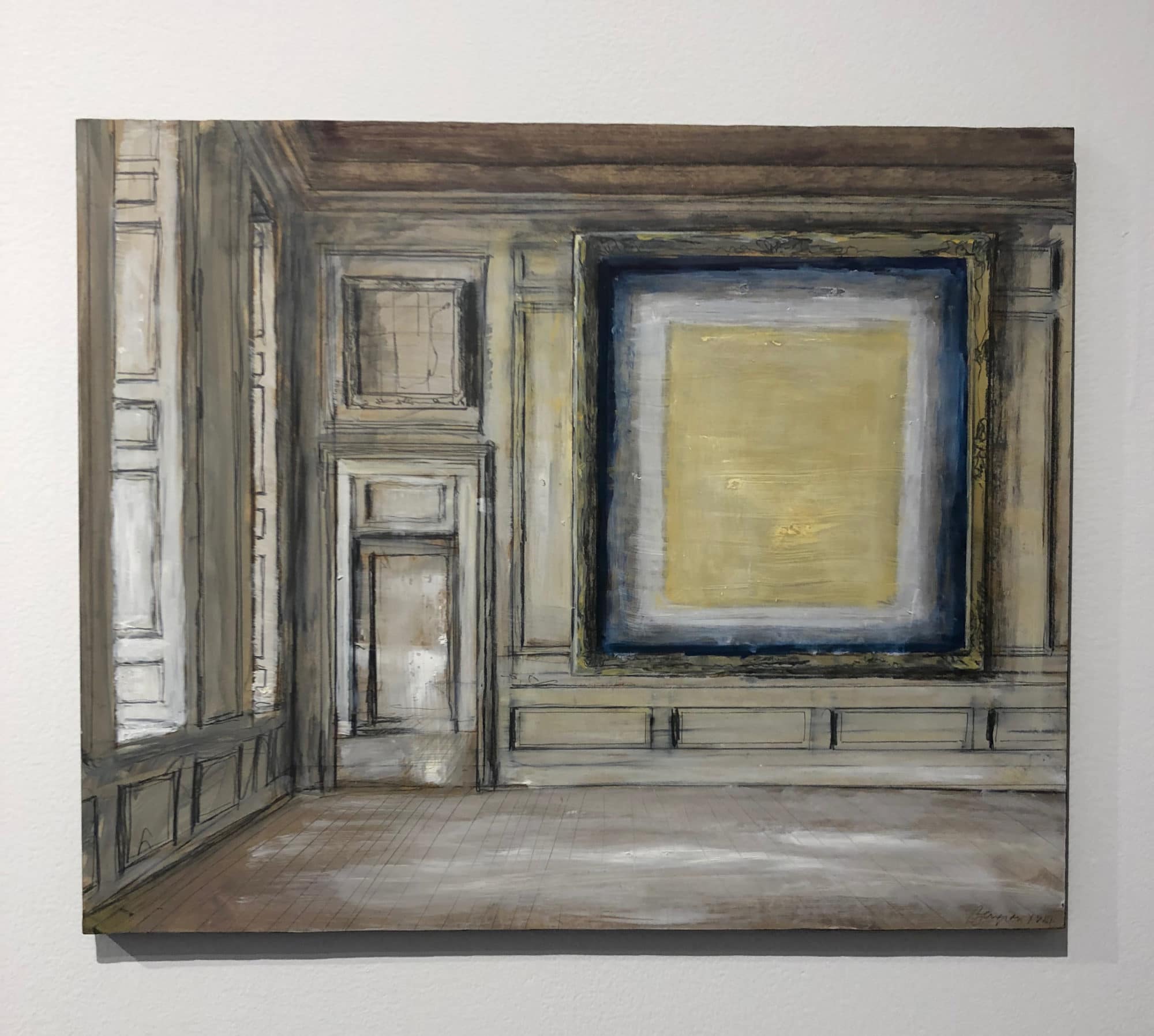
Pierre Bergian “Le Gran Tableau”, 2018, oil on panel, 19″ x 23″ at Purdy Hicks Gallery, London.
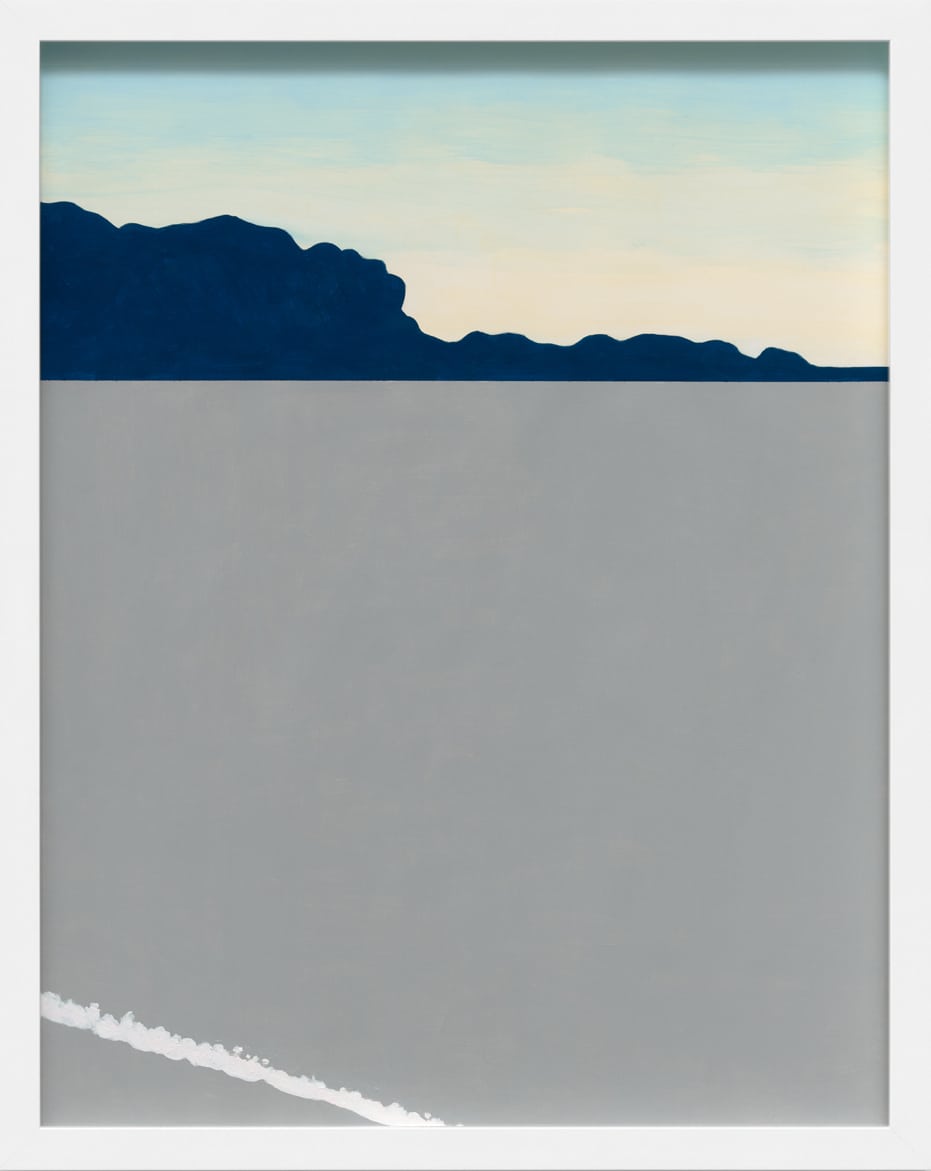
Nobuyuki Takahashi “Untitled VII”, 2018, acrylic on paper at Rena Bransten Gallery, San Francisco.
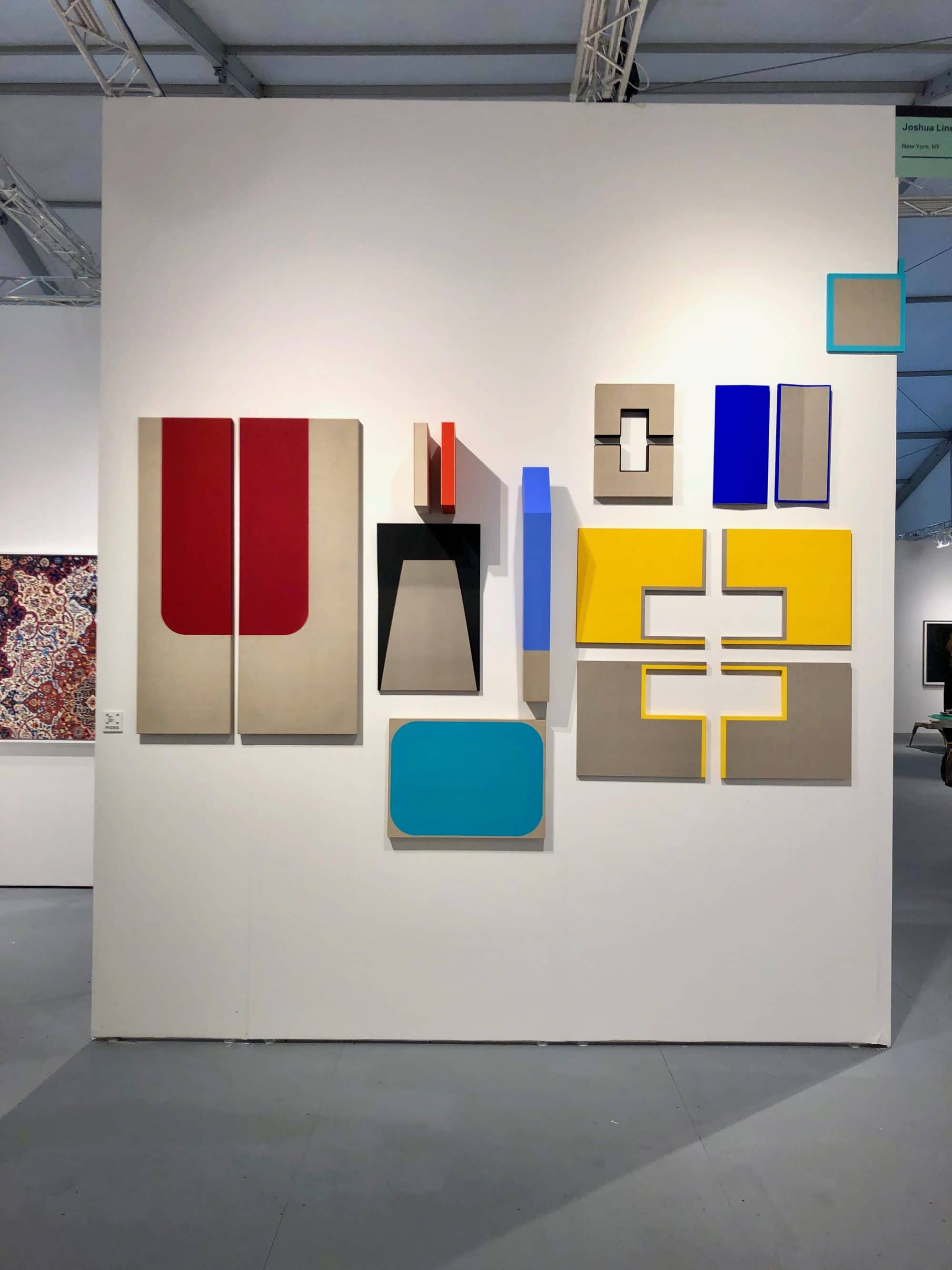
Louise Blyton, installation of acrylic on linen sculptural paintings at Joshua Liner Gallery.
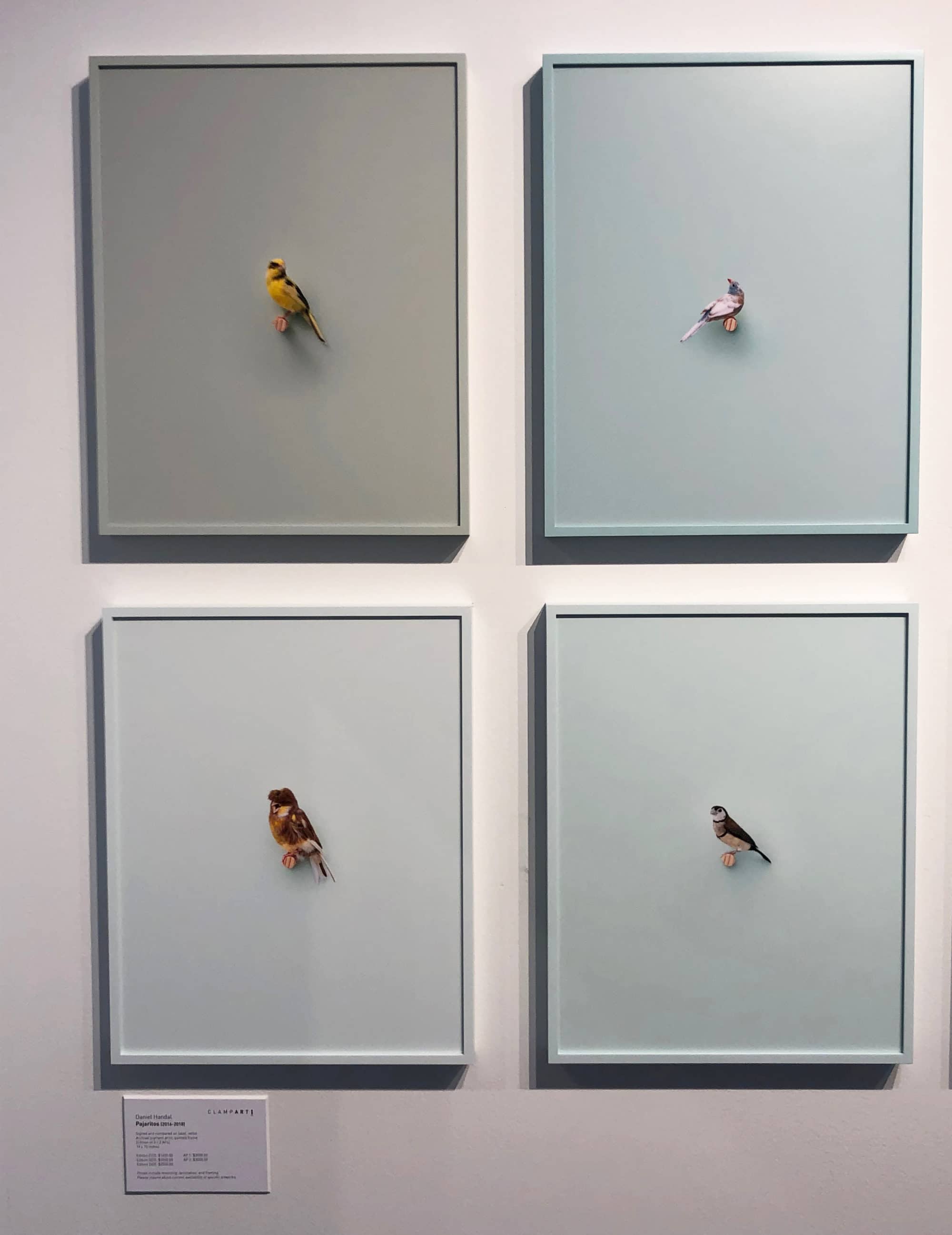
Daniel Handal, “Pajaritos”, archival ink prints with matching painted frames at Clampart, New York.
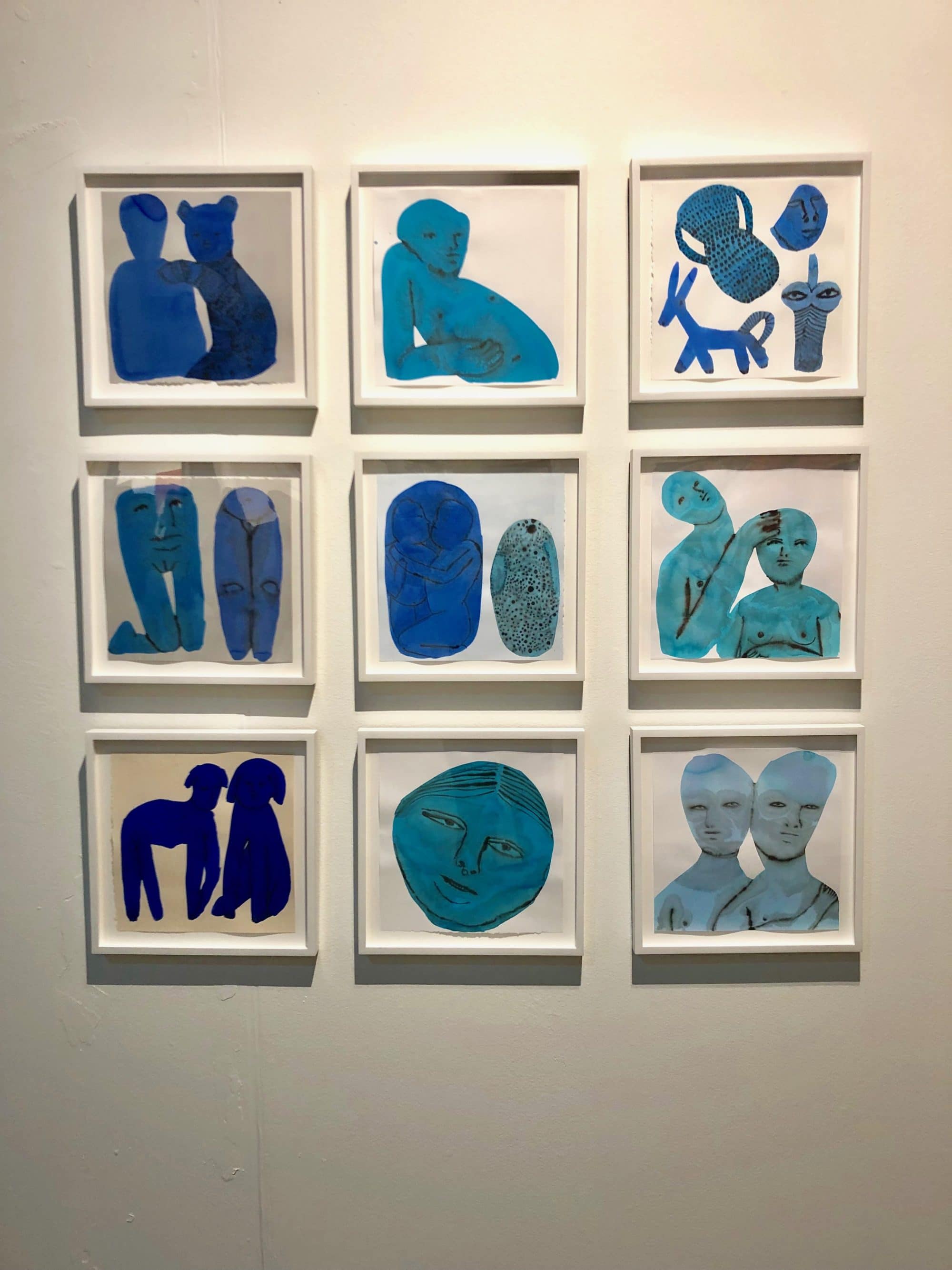
Emma Kohlmann, installation of Blue Interior Series, watercolor and Sumi ink at Jack Hanley Gallery, New York.
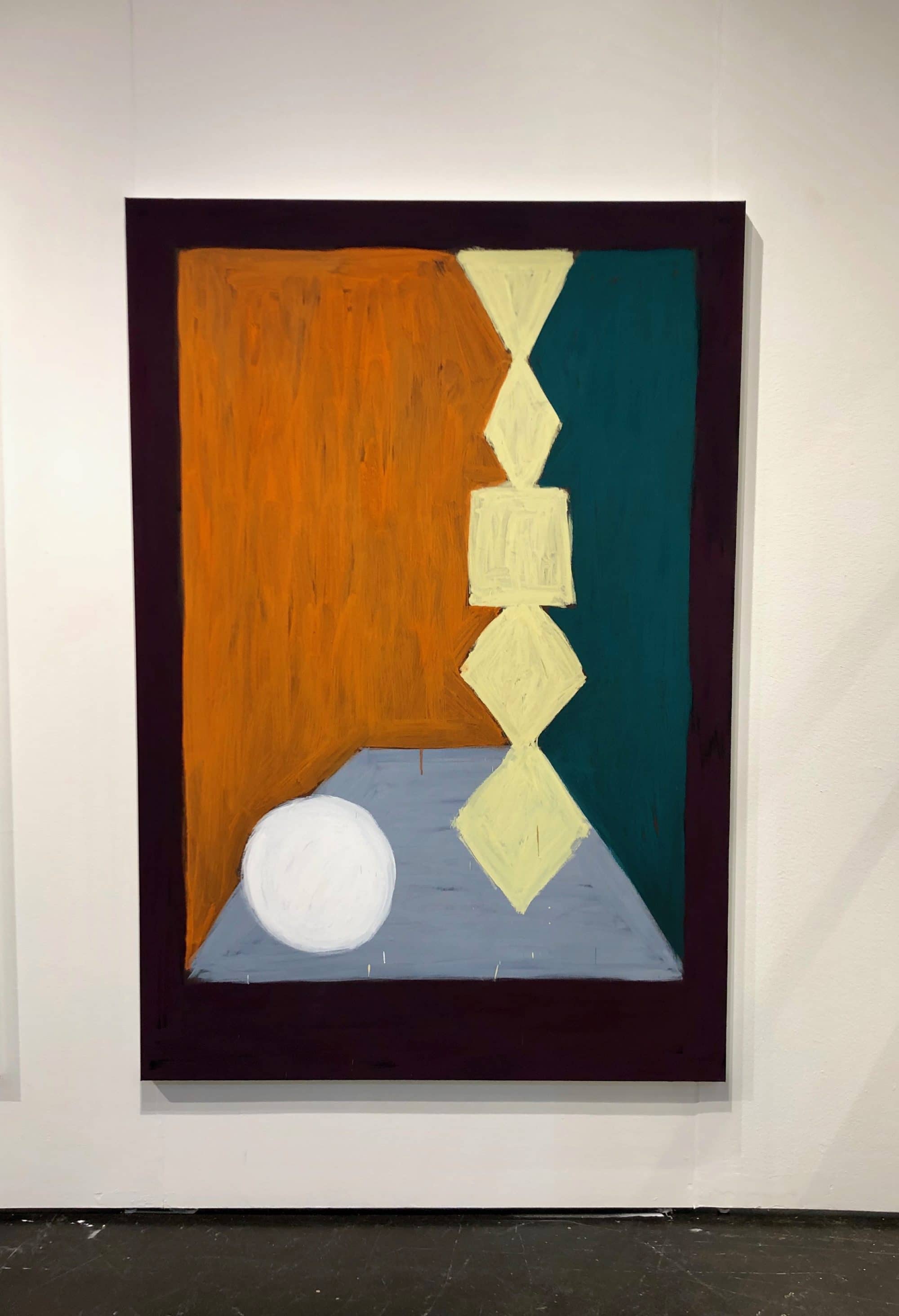
Emanuel Seitz, Untitled, acrylic paint on canvas 76″ x 51″ at Jacky Strenz, Frankfurt.
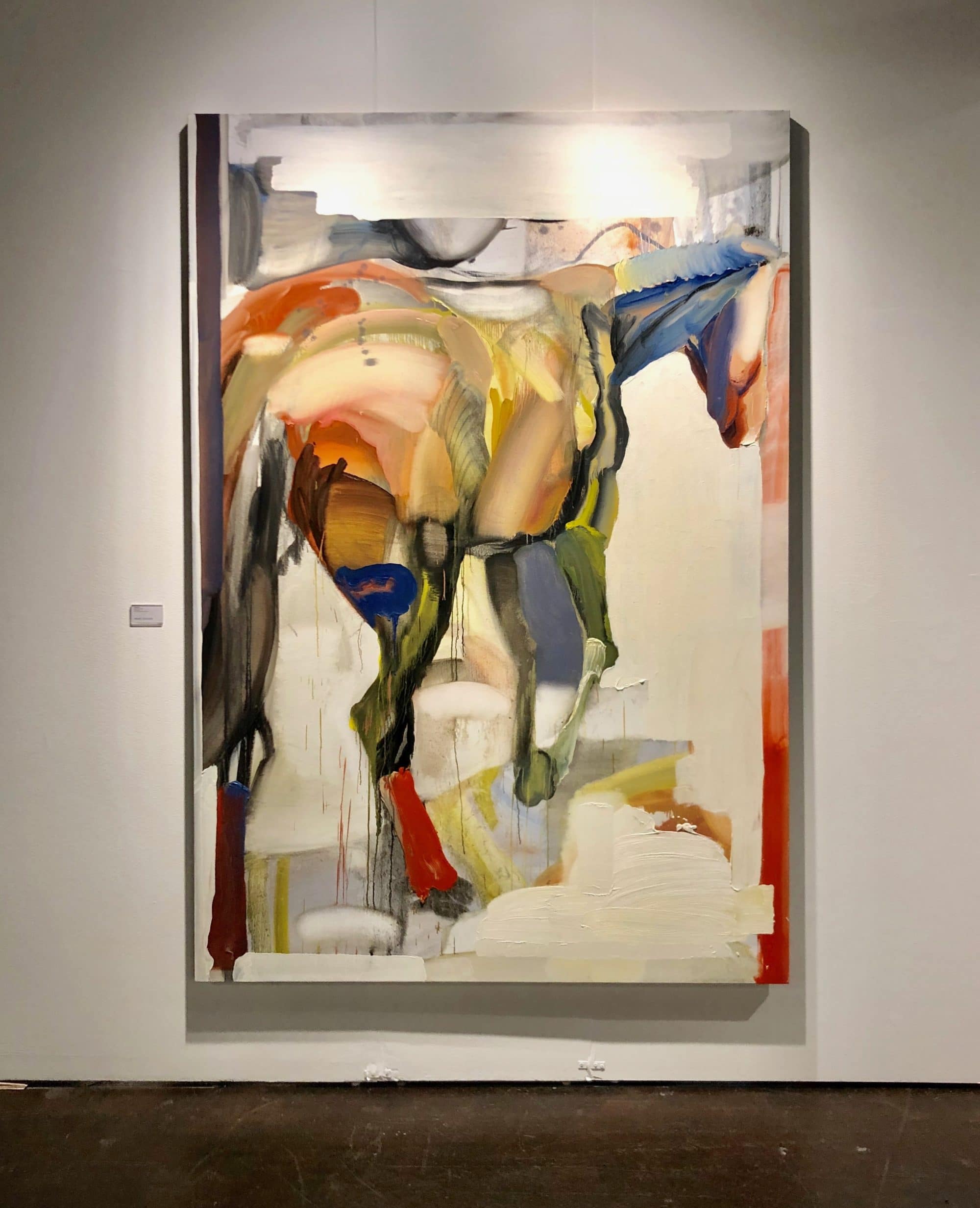
Andy Woll “Sportville II” oil on linen, 96″ x 66″ at Night Gallery.
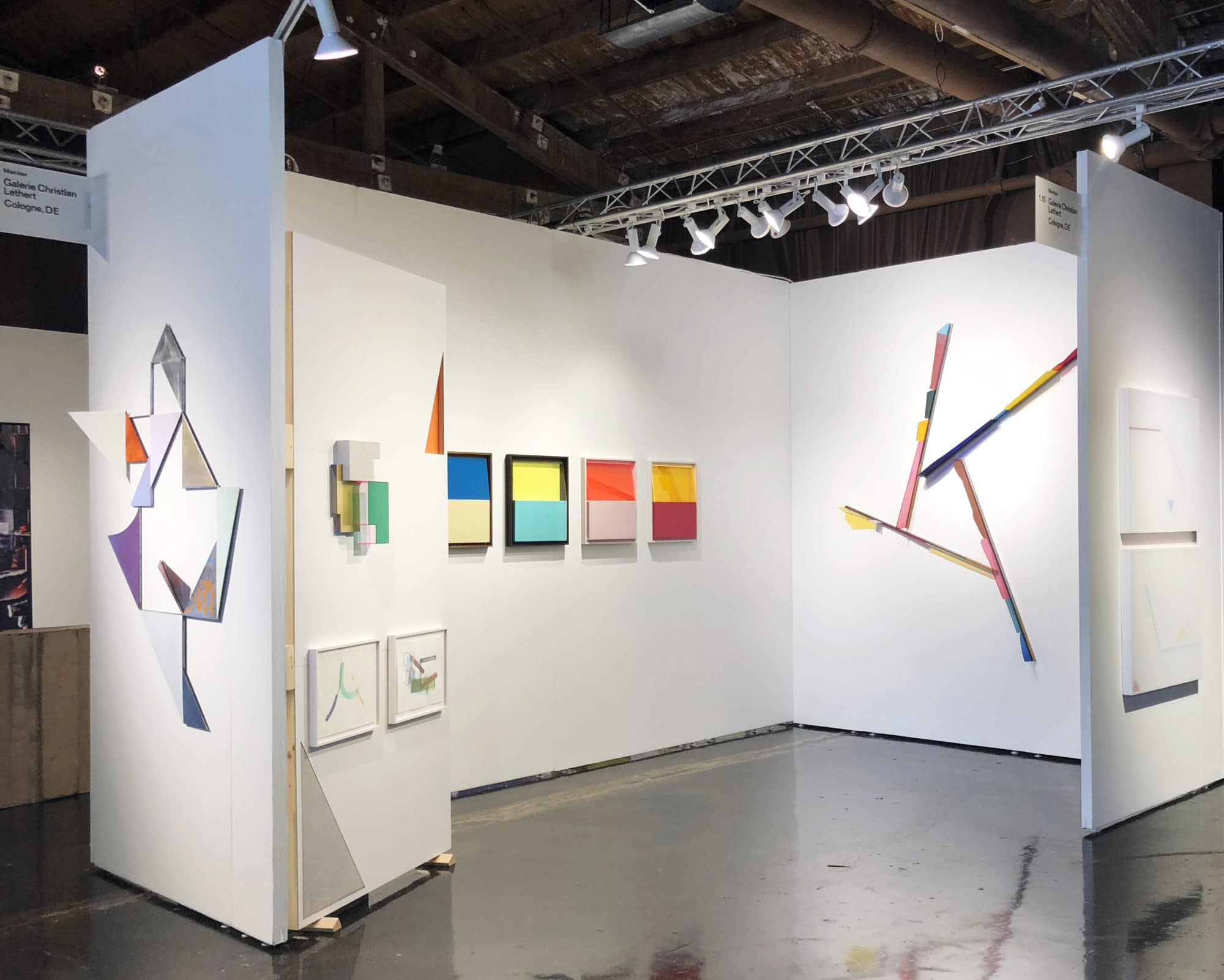
Solo booth by Henrik Eiben at Galerie Christian Lethert, Koln.
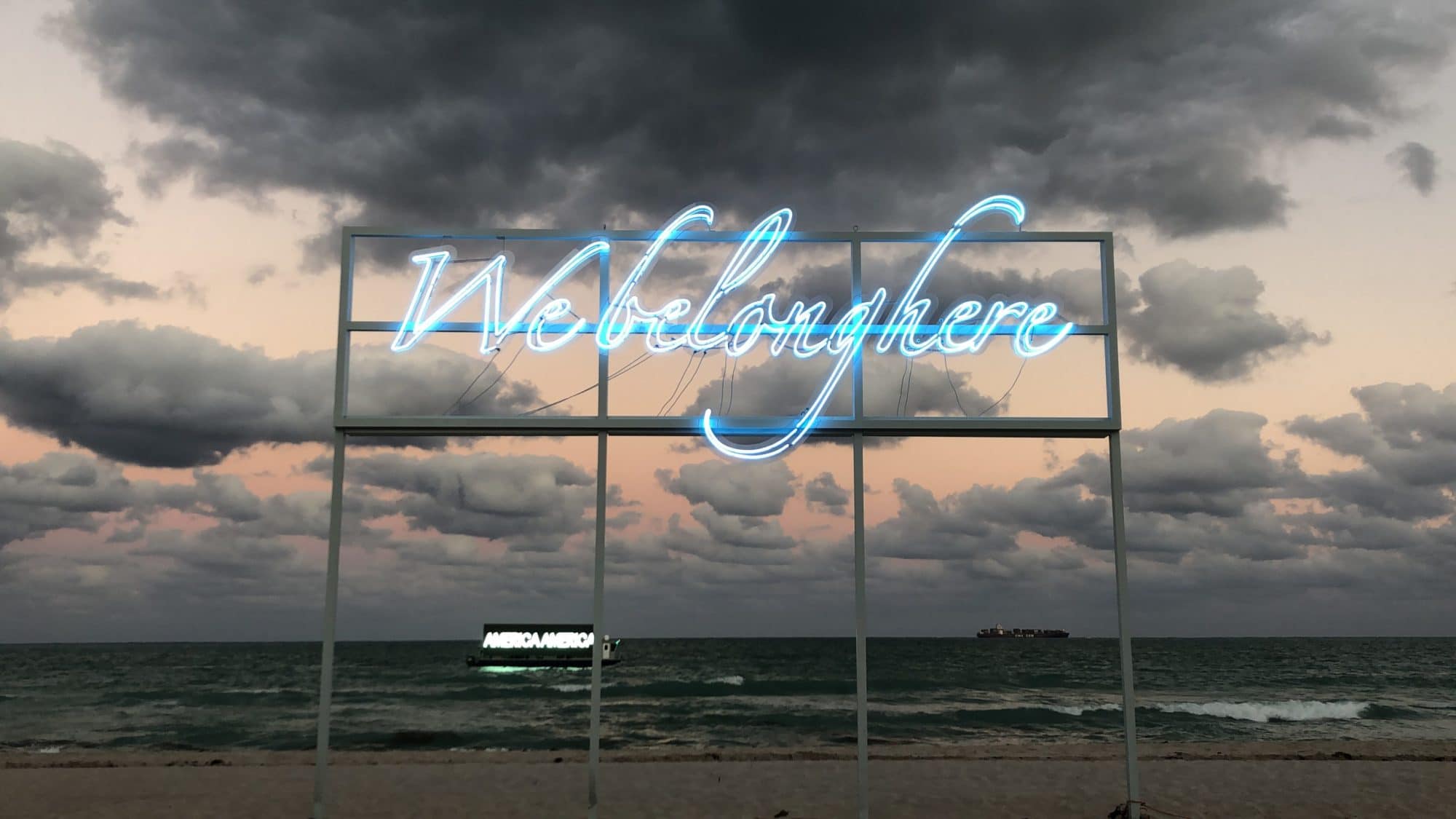
Tavares Strachan, “We Belong Here”, 2018, sky blue neon, transformers and acrylic and Alfredo Jaar “This is not America” 1987/2018 digital billboard on floating barge. Site- specific installations for the Faena Festival.
